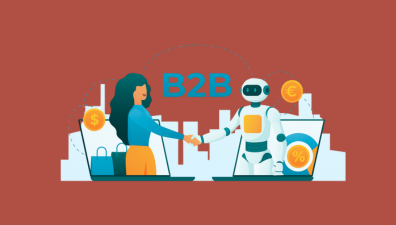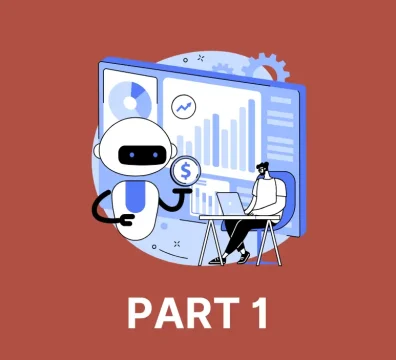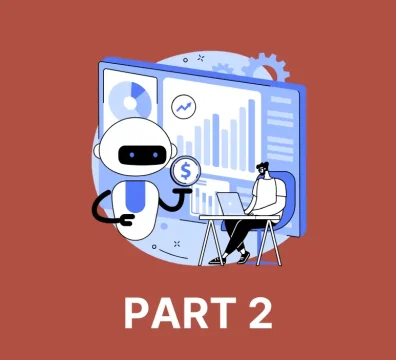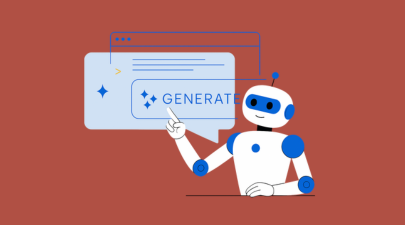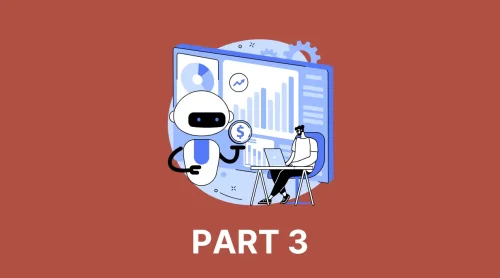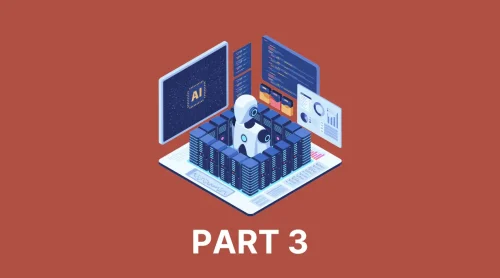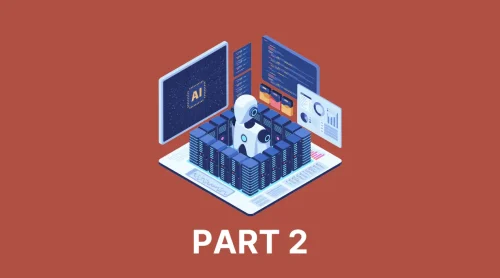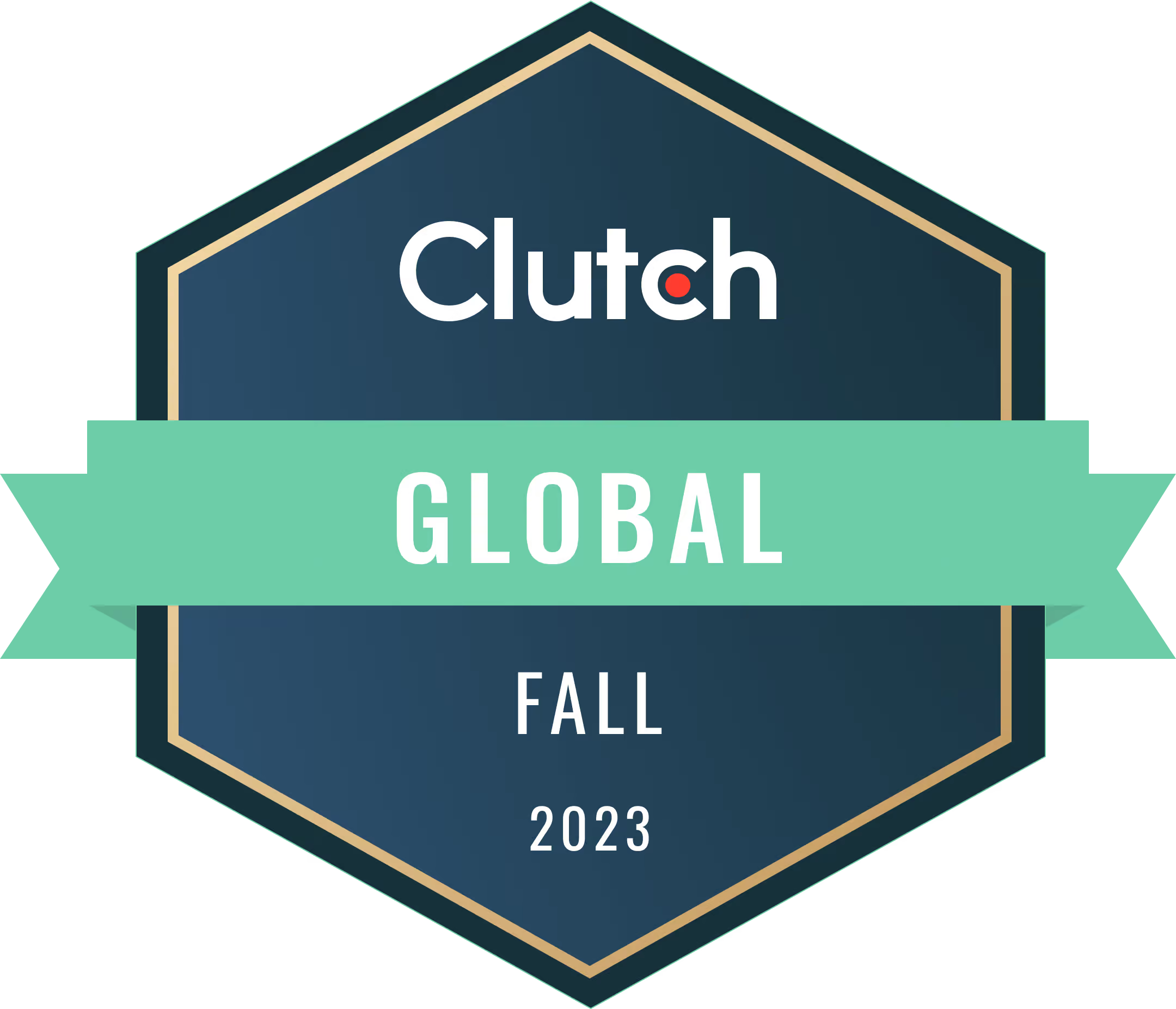The rise of B2B AI tools marks a turning point in how organizations think about productivity and strategy. In contrast to the fast-paced, impulse-driven world of B2C, B2B transactions involve longer cycles, multiple decision-makers, and intricate negotiations that depend heavily on trust, expertise, and precise timing. A single enterprise sale can take months, sometimes years, and involves layers of communication between marketing, sales, finance, and operations teams. Traditional manual processes often struggle to keep pace with this complexity — leaving vast amounts of valuable data underutilized. This is where B2B AI tools demonstrate their transformative potential: by analyzing data patterns across channels, predicting intent, automating repetitive work, and empowering human teams with actionable insights.
Unlike consumer-focused AI systems that concentrate primarily on personalization at scale, B2B AI tools are built to navigate complexity — integrating CRM data, analyzing procurement behaviors, and forecasting deal outcomes. They help enterprises understand not just who the customer is, but how an entire organization behaves. From AI-driven sales assistants that interpret customer signals to generative models that automatically build proposals and marketing content tailored to each account, the scope of what AI can accomplish in B2B has grown exponentially. The result is an ecosystem where every workflow, conversation, and decision can be informed by data, guided by algorithms, and accelerated by automation.
Table of Contents
- Understanding B2B AI Tools
- AI Tools for B2B Marketing
- AI Tools for B2B Sales
- AI Tools for B2B Customer Engagement and Retention
- AI Tools for B2B Supply Chain and Operations
- AI Tools for B2B Analytics, Insights, and Forecasting
- AI Tools for B2B HR and Talent Management
- Choosing and Implementing the Right B2B AI Tools
- The Future of B2B AI Tools
Understanding B2B AI Tools
In today’s hyper-connected enterprise environment, AI has become more than a competitive advantage—it’s a core infrastructure layer that powers how businesses operate, communicate, and make decisions. B2B AI tools sit at the center of this transformation, providing intelligent systems that analyze massive data streams, automate repetitive processes, and enhance human judgment. For B2B companies navigating long sales cycles, complex supply chains, and multiple stakeholders, these tools are not just optional—they are essential to scaling efficiently and competing intelligently.
What Are B2B AI Tools?
B2B AI tools are specialized AI applications designed to address the unique complexities of business-to-business operations. Unlike general AI systems that focus on broad automation or consumer behavior prediction, B2B AI tools are engineered for environments where decision-making is collective, purchase cycles are longer, and value chains are intricate. They combine machine learning, natural language processing (NLP), and predictive analytics to provide insights that help organizations streamline processes, forecast outcomes, and personalize interactions at scale.
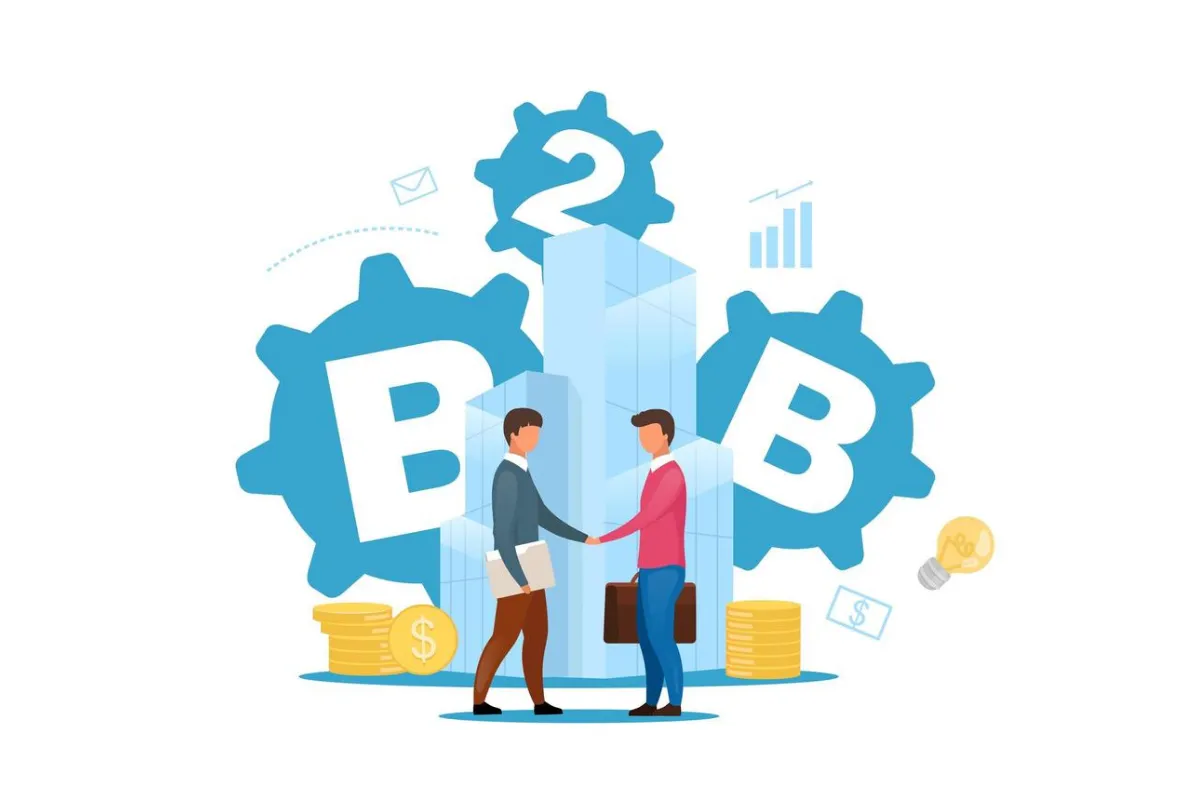
At their core, B2B AI tools perform three essential functions.
- Automation: They automate repetitive workflows such as lead scoring, invoice processing, or demand forecasting, saving teams valuable time.
- Augmentation: They augment human decision-making by surfacing insights, patterns, and recommendations derived from complex data sets.
- Optimization: They continuously learn from results to optimize marketing campaigns, sales strategies, and operational efficiency.
The distinction between general AI tools and B2B AI tools lies in their data depth and structural design. General AI platforms often focus on pattern recognition, content generation, or basic predictive analytics across broad datasets. In contrast, B2B AI tools are built around enterprise data systems—CRMs, ERPs, financial software, and industry-specific applications—where the data is highly relational and contextual. For instance, while a general AI chatbot may handle individual customer inquiries, a B2B AI-driven virtual assistant integrates with a CRM to track account interactions, prioritize leads based on intent, and trigger follow-up workflows automatically.
Integration is perhaps the most critical success factor for B2B AI tools. Their power is amplified when embedded within existing platforms such as Salesforce, HubSpot, Microsoft Dynamics, or SAP. When seamlessly connected to these systems, AI models can access real-time sales, marketing, and financial data—turning static records into living intelligence. This integration ensures that every insight derived from a B2B AI tool is actionable within the company’s daily workflows, closing the gap between data and execution.
The Strategic Role of AI in B2B Ecosystems
AI has redefined what strategic agility means in the B2B world. While early adoption of B2B AI tools was driven by the desire to automate manual tasks, modern enterprises now leverage them for augmentation—the enhancement of human performance through intelligent systems. Rather than replacing people, these tools act as cognitive partners, helping teams make faster, more informed, and more accurate decisions.
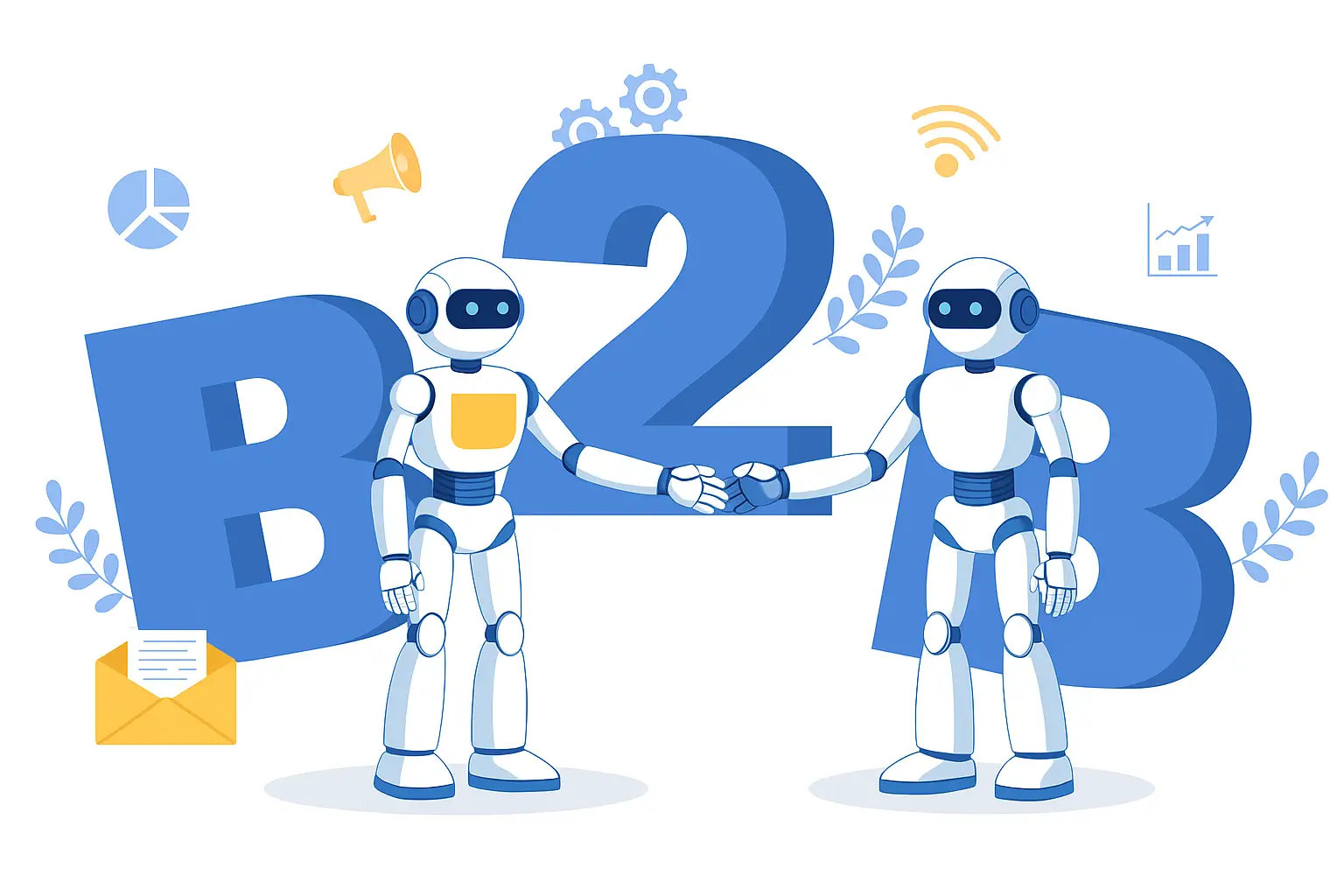
The strategic role of B2B AI tools unfolds across several dimensions:
- Customer Acquisition: B2B AI tools help identify high-intent accounts, score leads based on behavioral data, and tailor content to decision-makers’ needs. Machine learning models detect subtle buying signals hidden in email engagement, webinar participation, or website browsing behavior, allowing marketing and sales teams to prioritize outreach intelligently.
- Customer Retention and Lifetime Value: Beyond acquisition, B2B AI tools analyze customer health metrics to predict churn and recommend retention strategies. AI can detect early signs of disengagement—such as a decline in platform usage or delayed renewals—and trigger automated interventions like targeted campaigns or account manager notifications.
- Operational Efficiency: Predictive analytics enable real-time decision-making across departments. AI models forecast demand, optimize inventory, and detect anomalies before they disrupt business operations. Decision intelligence frameworks convert raw data into strategic foresight, helping leaders balance resources and risk more effectively.
The transition from automation to augmentation represents the next maturity phase of AI in B2B ecosystems. Instead of automating individual steps, B2B AI tools now orchestrate end-to-end workflows—integrating marketing, sales, and operations into a unified, intelligent ecosystem. These systems learn continuously, refining strategies through every interaction, campaign, and transaction.
Key Categories of B2B AI Tools
The universe of B2B AI tools spans multiple domains, each designed to address specific challenges and opportunities within the business lifecycle. While the use cases vary by industry, most organizations implement AI across five major categories that collectively form the backbone of intelligent enterprise operations.
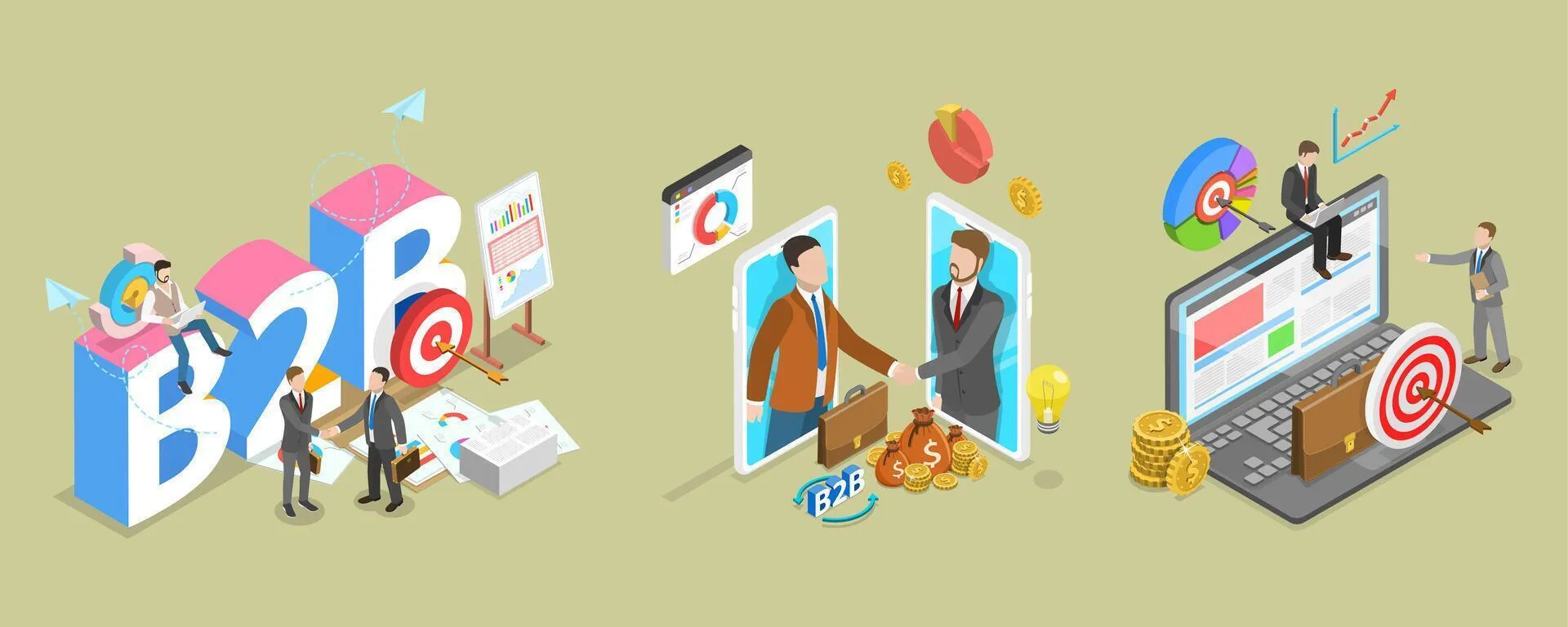
- AI for Marketing: B2B AI tools in marketing focus on personalization, lead generation, and campaign optimization. They use predictive models to score leads, NLP algorithms to generate tailored content, and data-driven analytics to refine targeting. Tools such as 6sense, Demandbase, and HubSpot AI enable marketers to craft individualized account-based marketing strategies that respond to each prospect’s intent in real time.
- AI for Sales Enablement: AI sales tools empower sales teams with deeper insights, predictive forecasting, and conversational analytics. Systems like Salesforce Einstein and Gong leverage AI to analyze pipeline data, assess deal health, and recommend next-best actions. B2B AI tools in sales also automate routine tasks like scheduling, follow-ups, and quote generation, freeing sales representatives to focus on relationship-building and strategic negotiation.
- AI for Customer Engagement and Retention: Customer success is the backbone of sustainable B2B growth. AI tools like Gainsight, Totango, and Forethought use predictive models to monitor customer satisfaction, detect churn risk, and automate support interactions. Through AI-driven sentiment analysis and personalized communications, businesses can deliver proactive, experience-driven engagement that strengthens loyalty and expands lifetime value.
- AI for Analytics, Insights, and Forecasting: This category of B2B AI tools transforms data into foresight. Platforms such as Tableau AI, Power BI Copilot, and Anaplan use machine learning to identify patterns, run predictive forecasts, and generate decision-ready reports. These insights enable business leaders to make evidence-based decisions, optimize budgets, and anticipate market changes long before they occur.
- AI for Privacy and Data Security: As B2B companies manage increasingly complex data ecosystems, AI tools for security and compliance have become indispensable. Solutions like Darktrace, Vectra AI, and IBM QRadar apply AI to detect anomalies, prevent fraud, and ensure data integrity. These systems monitor network behaviors, identify threats in real time, and adapt dynamically to evolving cybersecurity risks.
AI Tools for B2B Marketing
AI has fundamentally reshaped how B2B marketing operates, moving it far beyond basic automation to a new era of intelligent orchestration. In the past, marketing teams relied on manual research, intuition, and generalized campaigns to reach business buyers. Today, B2B AI tools allow marketers to identify high-intent prospects, personalize campaigns at scale, and optimize engagement in real time. These systems combine predictive analytics, machine learning, and generative capabilities to create marketing strategies that adapt to each customer’s journey, regardless of complexity.
The power of B2B AI tools in marketing lies in their ability to process vast amounts of behavioral, transactional, and firmographic data, turning insights into precision-driven actions. They learn continuously from audience interactions and feedback, adjusting campaigns dynamically to improve performance. For companies facing long sales cycles, diverse buying committees, and intricate lead pipelines, these tools are not just support systems—they are the engine driving sustainable growth and competitiveness.
The New Era of AI-Driven Marketing
The adoption of B2B AI tools marks the transition from marketing automation to marketing intelligence. In traditional systems, automation helped marketers schedule emails or trigger campaigns based on predefined rules. But B2B AI tools go much further—they understand intent, anticipate needs, and recommend strategies that align with specific buyer journeys. AI-driven marketing is not about replacing creativity; it’s about amplifying it through data-driven precision.
How AI Transforms B2B Marketing Beyond Automation
Automation made marketing faster, but AI makes it smarter. B2B AI tools analyze multiple data sources—from CRM and ERP systems to website behavior and social signals—to build a holistic understanding of each prospect. For instance, instead of simply segmenting contacts by industry or company size, AI models score leads based on likelihood to convert, prioritize outreach, and even suggest personalized content themes for engagement.
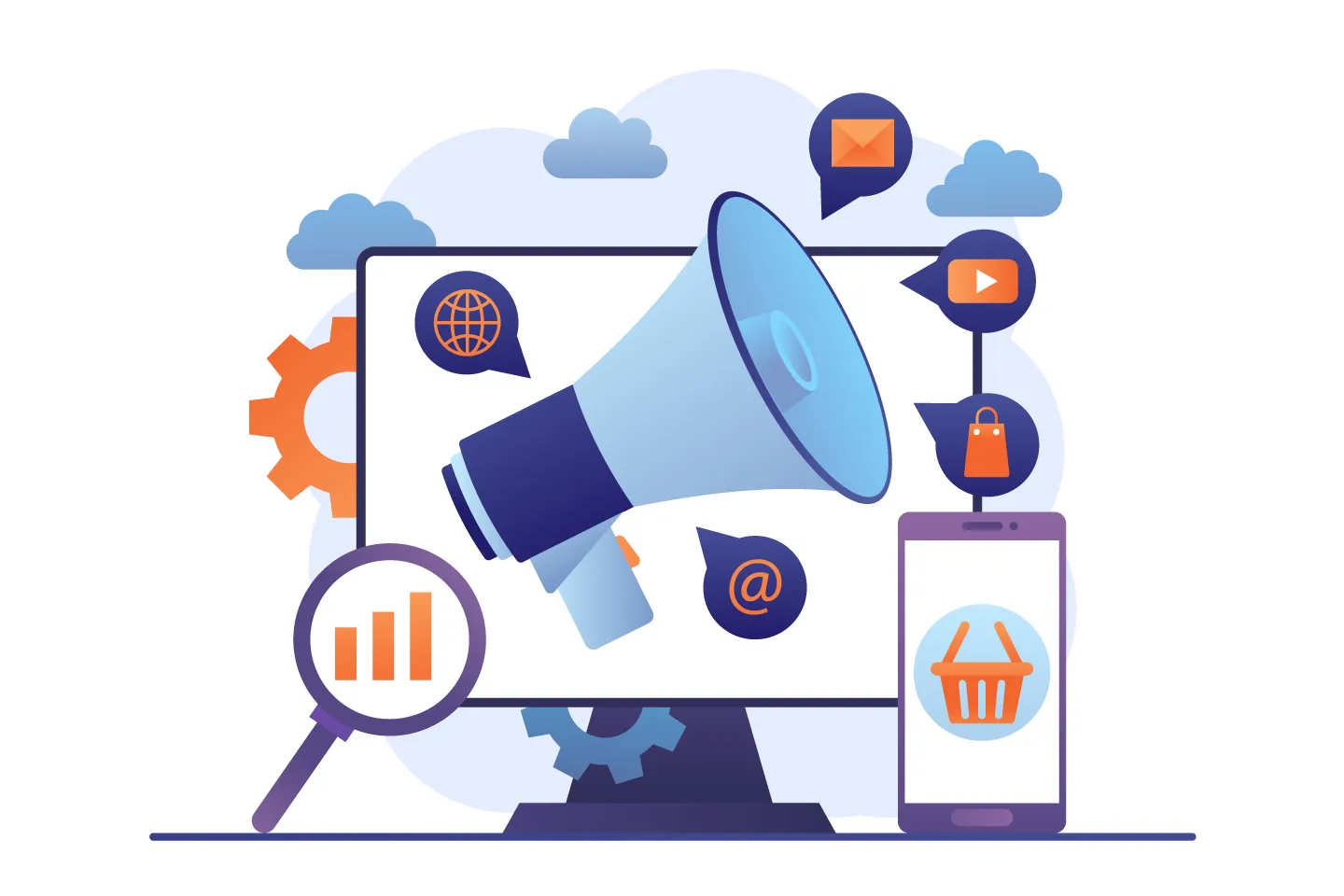
These intelligent tools also empower real-time adaptation. When buyer behavior shifts—such as an increase in website visits, document downloads, or webinar attendance—AI systems immediately adjust marketing workflows. This ensures that B2B marketers engage customers at the most opportune moment, across the most effective channel, with the most relevant message.
Personalized Campaigns and Lead Nurturing in Long Sales Cycles
In B2B marketing, personalization must extend beyond demographic targeting. A company may have dozens of stakeholders influencing a purchase decision, each requiring a different message or piece of content. B2B AI tools handle this complexity by using behavioral and contextual insights to tailor campaigns for every stage of the sales cycle.
Generative AI is taking this personalization even further. It allows marketers to automatically generate tailored emails, landing pages, and social content for each account or persona. Meanwhile, predictive analytics ensures that lead nurturing sequences align with the buyer’s readiness to act. For example, when a potential client interacts with a technical whitepaper, the AI system can trigger an industry-specific case study follow-up, signaling expertise and relevance. The result is a marketing approach that feels personal, timely, and strategically aligned—without the need for constant manual intervention.
Key Types of AI Marketing Tools
B2B AI tools in marketing cover a wide spectrum of functionalities, from lead scoring to content generation and campaign optimization. Each tool type contributes to a unified objective: improving engagement, efficiency, and return on marketing investment.
Predictive Lead Scoring and Segmentation
One of the most valuable applications of B2B AI tools is predictive lead scoring. Platforms such as 6sense, Demandbase, Leadspace, and Apollo.io use AI to evaluate leads based on intent data, firmographics, and behavioral signals. These systems go beyond static scoring models by continuously learning which traits and actions correlate with successful conversions.
By analyzing thousands of data points—such as website visits, ad engagement, and historical conversion patterns—predictive AI assigns each lead a conversion probability score. This allows sales and marketing teams to focus resources on the most promising opportunities. As a result, companies experience shorter sales cycles, higher win rates, and improved marketing efficiency. Predictive segmentation also helps in customizing messaging for different audience tiers, ensuring that every communication is both relevant and strategic.
AI-Powered Content and Campaign Creation
Content remains the backbone of B2B marketing, but creating it manually at scale is time-consuming and inconsistent. B2B AI tools such as Jasper, Copy.ai, HubSpot AI, and Persado enable marketers to generate personalized, high-quality content that aligns with brand tone and target audience. These tools use natural language generation (NLG) to write emails, blog posts, ad copy, and landing pages tailored to each segment’s preferences and pain points.
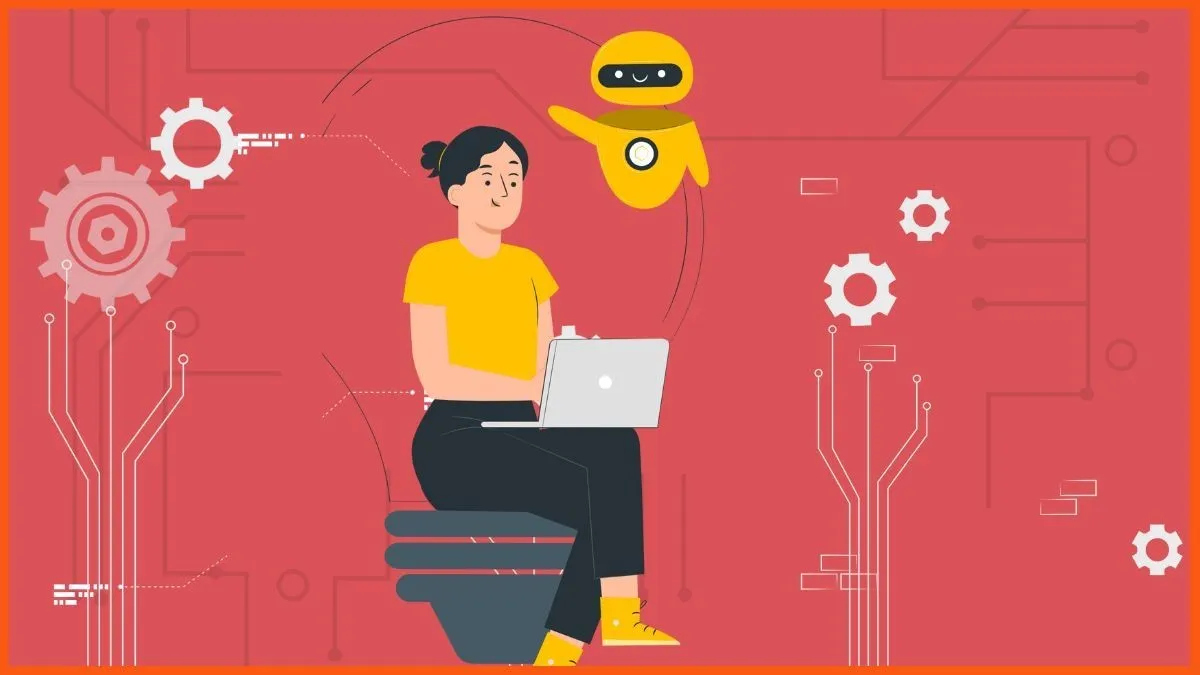
AI also enhances creative testing. It can automatically A/B test multiple content variations, analyze engagement data, and optimize campaigns for better results. For instance, Persado’s AI platform generates message variants and identifies emotional triggers that drive higher response rates. Over time, this feedback loop allows marketers to refine tone, language, and structure for maximum impact.
AI for Ad Optimization and Targeting
Advertising in B2B requires precise targeting, as campaigns often need to reach decision-makers within a narrow niche. AI ad platforms like Metadata.io, Albert.ai, and Influ2 automate and optimize ad campaigns using advanced algorithms that identify the best-performing audiences and channels.
These B2B AI tools continuously analyze campaign data to refine bidding strategies, allocate budgets efficiently, and eliminate wasted ad spend. They also assess engagement signals—such as clicks, form submissions, or content downloads—to adjust targeting dynamically. This ensures that ads reach individuals most likely to engage or purchase. The outcome is a marketing ecosystem that learns and self-optimizes, reducing human guesswork and maximizing ROI.
AI Chatbots and Conversational Marketing
Conversational AI has become an indispensable component of B2B lead generation and engagement. Platforms such as Drift, Intercom, and Conversica deploy intelligent chatbots that guide website visitors, qualify leads, and schedule meetings—all in real time. Unlike basic chatbots that rely on pre-programmed responses, these B2B AI tools understand context and intent using natural language processing (NLP).
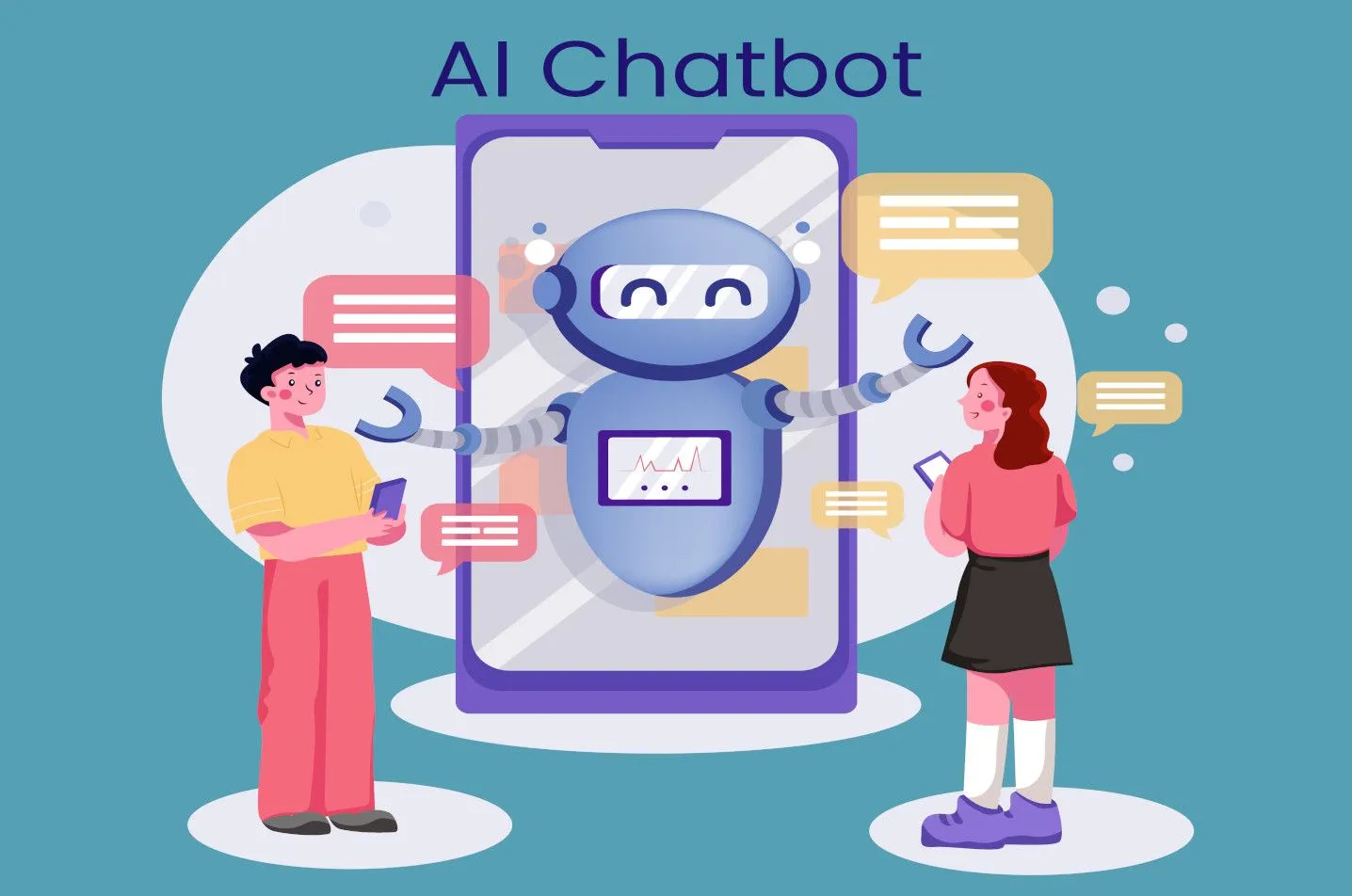
Through conversational data capture, these tools create a continuous feedback loop between marketing and sales. Every interaction helps refine targeting models, improve personalization, and enhance buyer experience. In long B2B sales cycles, where relationship-building is key, conversational marketing ensures consistent, responsive communication that drives trust and momentum.
Market Research and Competitive Intelligence
Market analysis is another area where B2B AI tools deliver unmatched value. Tools like Crayon, Kompyte, and AlphaSense harness NLP and machine learning to scan millions of data points—from news articles and SEC filings to social media updates and product reviews. They synthesize this data into competitive insights, revealing emerging trends, pricing shifts, and strategic moves by competitors.
With real-time alerts and automated dashboards, marketers gain the ability to react quickly to market changes. AI-driven intelligence ensures that marketing strategies remain proactive rather than reactive, guiding campaign adjustments and positioning strategies based on accurate, up-to-date intelligence.
Case Snapshots — AI Tools for B2B Marketing
While the capabilities of B2B AI tools in marketing are often discussed abstractly, their measurable impact is best understood through real-world success stories. Leading enterprises in software and manufacturing have already demonstrated how predictive analytics, generative content, and AI-driven optimization can deliver tangible performance gains across campaigns and conversions.
Example 1: 6sense and PTC — Predictive Marketing Boosting Pipeline Growth
PTC, a global software provider specializing in digital transformation and industrial innovation, adopted 6sense Revenue AI to enhance its account-based marketing (ABM) and lead scoring processes. Before implementing 6sense, PTC struggled to identify in-market accounts early enough in the buying cycle, often engaging prospects too late.
After integrating 6sense’s intent data and predictive analytics, the company gained visibility into high-value accounts demonstrating buying intent through keyword searches and digital engagement patterns. As a result, PTC reported a 63% increase in qualified leads and a 60% reduction in wasted ad spend, while marketing and sales alignment improved through shared AI-driven insights. These results were publicly documented in 6sense’s customer case library and reflect how predictive B2B AI tools enable sales-ready pipeline growth through precision targeting and data-driven segmentation.
Example 2: Persado and Dell — AI-Powered Content Personalization Improving Engagement
Dell Technologies partnered with Persado, an enterprise AI platform specializing in generative content optimization, to elevate its marketing language across digital channels. Dell used Persado’s Motivation AI engine to generate and test personalized email and landing page copy for its enterprise and SMB customer segments.
According to Dell’s published results, the partnership delivered a 22% uplift in engagement rates and a measurable increase in conversions from outbound campaigns. Persado’s platform analyzed emotional response data from previous campaigns to determine which tone, sentiment, and phrasing resonated best with different audiences—automatically tailoring content for each buyer persona.
This case highlights how generative and predictive B2B AI tools are helping large enterprises like Dell transition from standardized marketing to scalable, emotion-driven personalization that speaks directly to customer intent.
AI Tools for B2B Sales
In the evolving landscape of enterprise commerce, sales teams are no longer defined by intuition or manual effort—they are defined by intelligence. Modern sales organizations rely heavily on data-driven decision-making, guided by predictive analytics and automation. B2B AI tools have become the cornerstone of this transformation, empowering sales professionals to prioritize leads with higher accuracy, predict deal outcomes, and engage prospects with unprecedented precision.
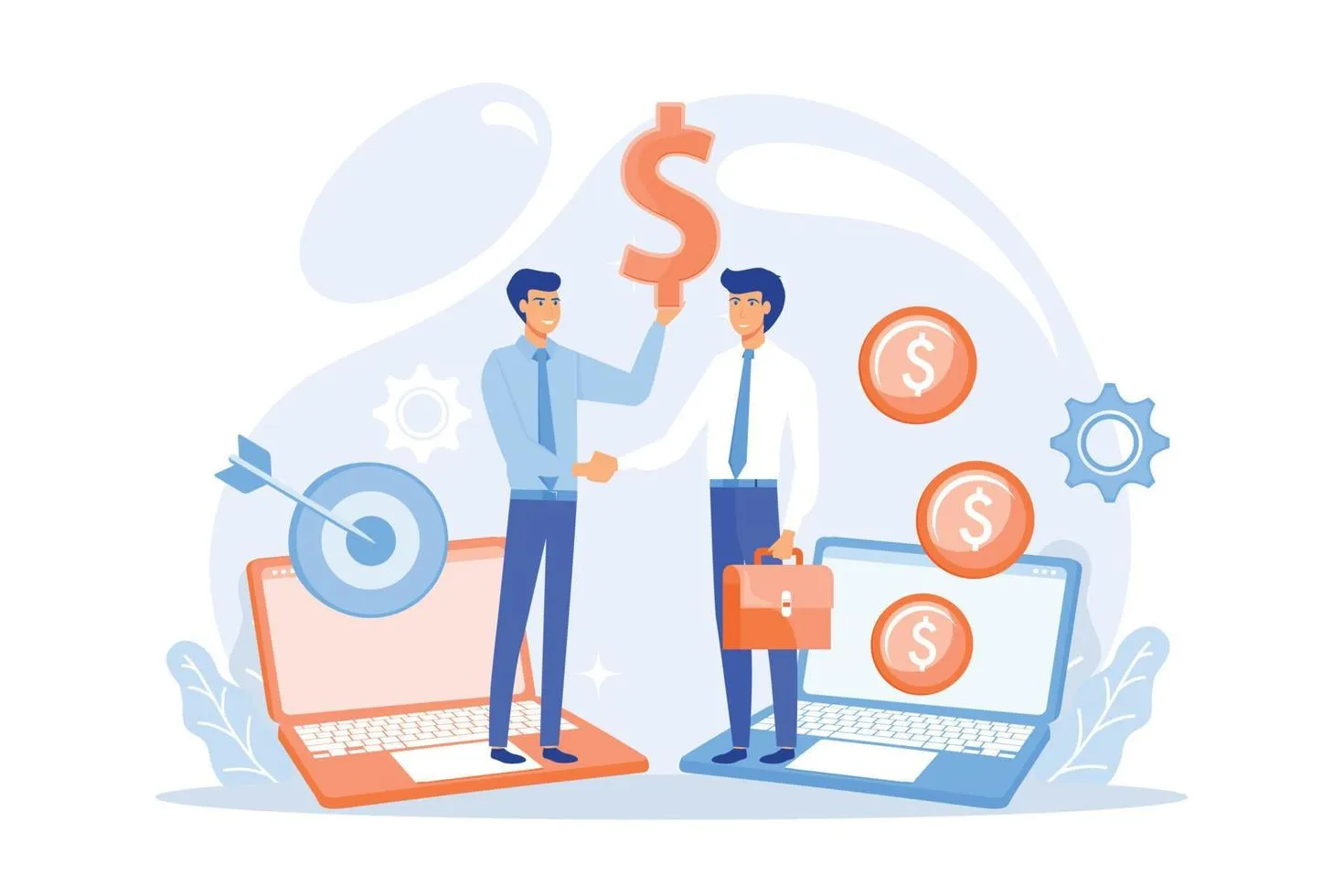
B2B AI tools for sales bring together vast datasets from CRM systems, marketing automation platforms, and digital engagement channels, allowing teams to uncover patterns that human analysis alone could never detect. They don’t just automate repetitive tasks—they learn from every interaction, refine strategies in real time, and optimize performance across the entire sales funnel. As enterprises move toward longer, multi-stakeholder sales cycles, these intelligent systems ensure that every touchpoint is strategic, timely, and customer-centric.
How AI Redefines B2B Sales
AI has fundamentally redefined the art and science of selling in the B2B sector. Where traditional sales once relied heavily on experience, instinct, and manual tracking, B2B AI tools now transform sales operations into data-driven ecosystems. These systems combine predictive models, natural language processing (NLP), and real-time analytics to help teams make more informed decisions and close deals faster.
From Gut-Driven Decisions to Data-Driven Precision
For decades, sales performance depended largely on a representative’s judgment—deciding which leads were worth pursuing, how to price proposals, and when to follow up. While experience remains invaluable, it’s no longer enough in an age where data signals drive competitive advantage. B2B AI tools replace guesswork with precision by analyzing past deal patterns, customer engagement data, and behavioral trends to predict which opportunities are most likely to convert.
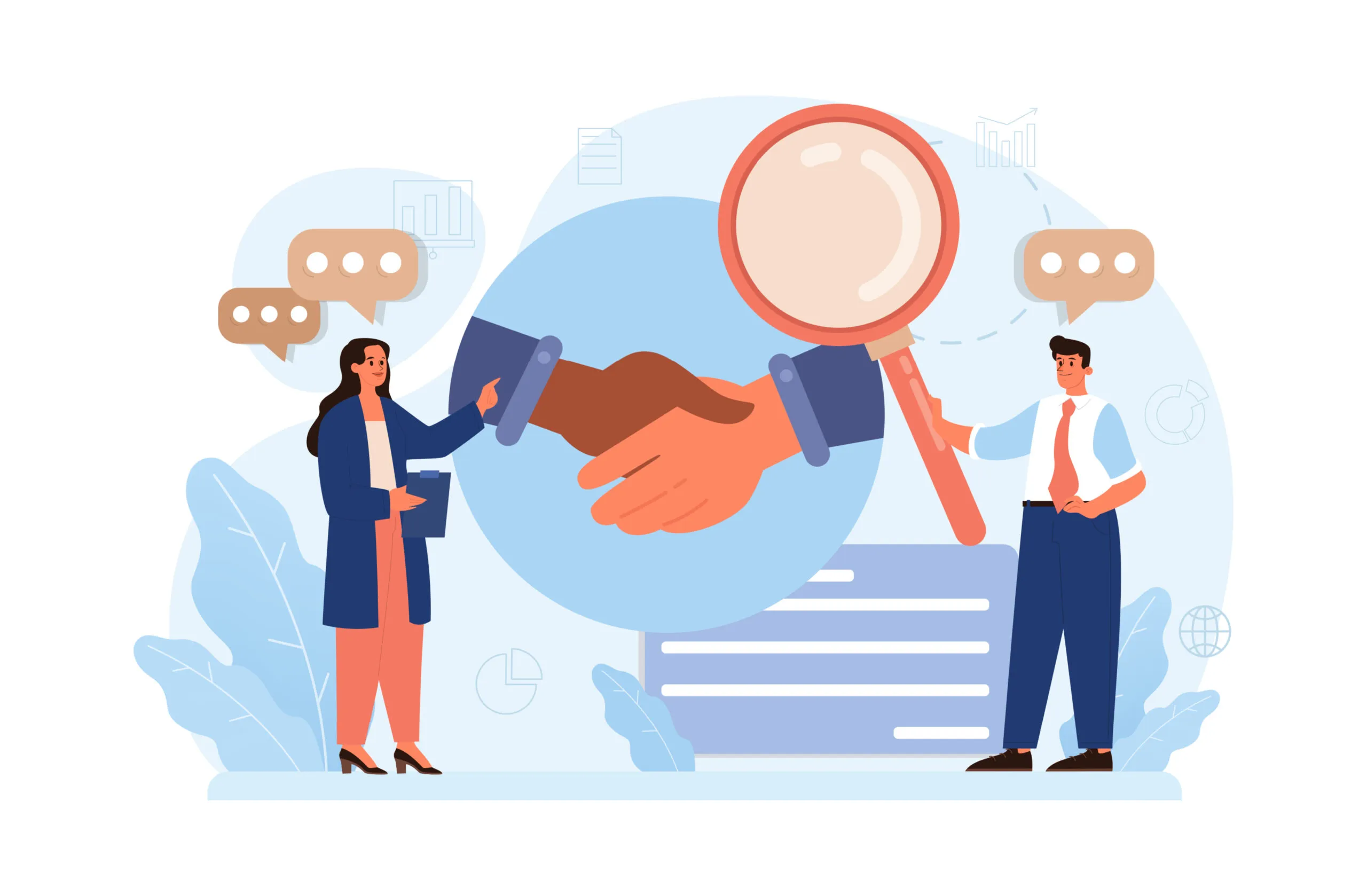
For instance, predictive deal scoring systems evaluate hundreds of variables—such as communication frequency, buyer activity, and previous transaction data—to forecast deal closure likelihood. This allows sales teams to focus their time and resources on opportunities with the highest probability of success, ensuring consistent revenue growth and efficient sales operations.
Aligning Sales and Marketing Intelligence Through Shared AI Insights
One of the most profound shifts brought by B2B AI tools is the alignment of marketing and sales through shared data ecosystems. Historically, these departments operated in silos, leading to disjointed strategies and missed opportunities. Now, AI bridges that divide. Machine learning models unify CRM and marketing automation data, providing both teams with a synchronized view of the customer journey.
With access to shared insights, marketing can pass qualified leads based on real behavioral intent, while sales can see exactly how prospects are engaged with content and campaigns. This synergy not only increases lead conversion rates but also creates a seamless customer experience from the first touchpoint to final negotiation. B2B AI tools are, in essence, creating a unified, intelligent revenue engine for the modern enterprise.
Major Categories of AI Sales Tools
The ecosystem of B2B AI tools for sales spans multiple specialized platforms, each targeting a critical aspect of the sales cycle—from lead management to forecasting and pricing. These tools combine automation with intelligence to streamline operations, enhance collaboration, and drive predictable growth.
AI-Enhanced CRM Systems
CRM systems have evolved into intelligent command centers powered by AI. Platforms such as Salesforce Einstein, HubSpot Sales Hub, and Zoho Zia integrate machine learning and predictive analytics to deliver smart recommendations, automate tasks, and improve sales forecasting.
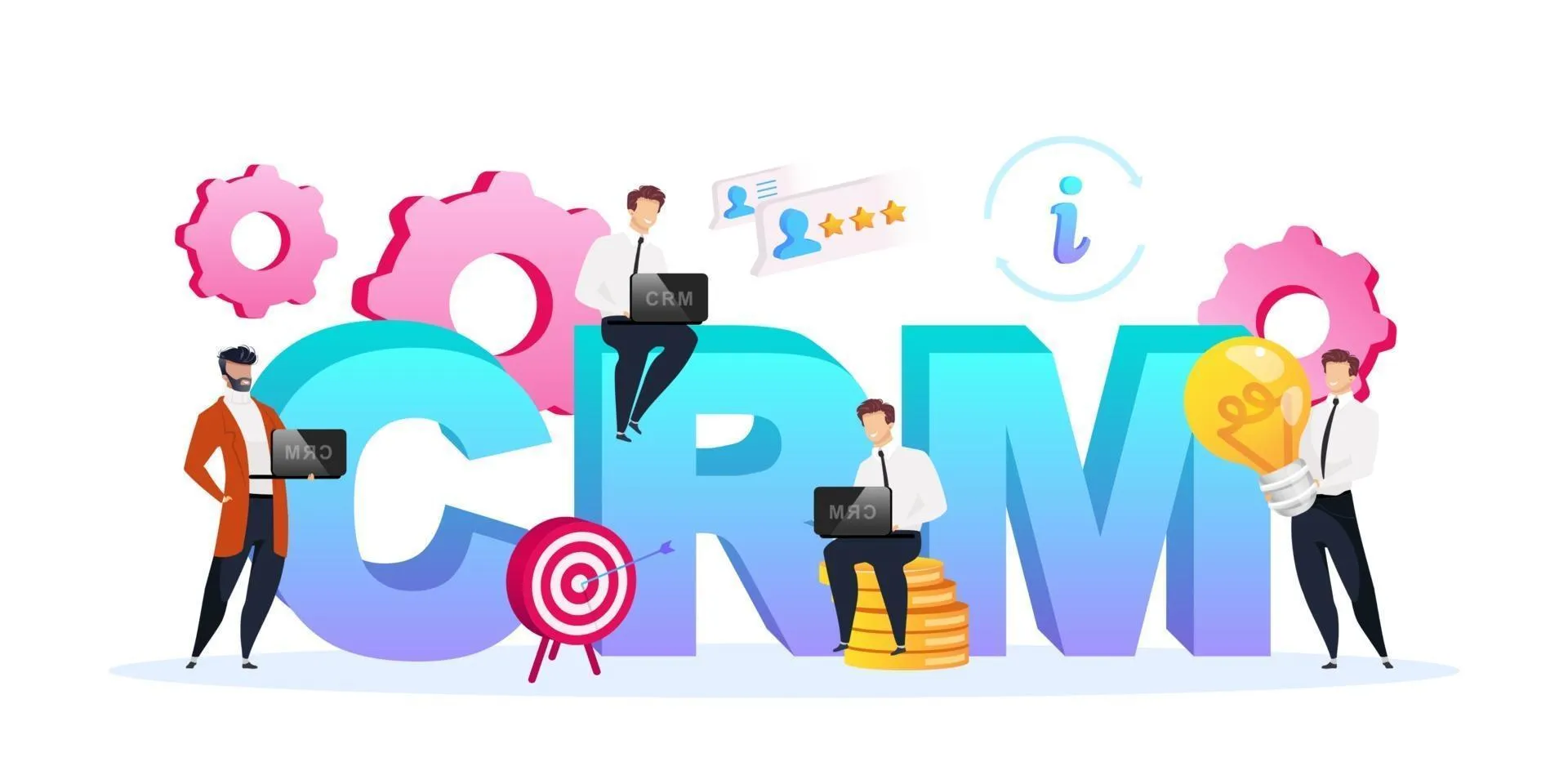
Salesforce Einstein, for instance, analyzes past interactions and opportunity histories to recommend the next best action for each lead. HubSpot’s AI-driven deal scoring automatically ranks opportunities based on engagement patterns and conversion probability, while Zoho Zia uses NLP to interpret emails, schedule reminders, and summarize meeting notes. These B2B AI tools turn CRMs from static databases into dynamic advisors that learn continuously from sales performance.
Predictive Sales Forecasting
Forecast accuracy is the lifeblood of any B2B organization, and this is where predictive analytics shines. Tools like Clari, People.ai, and InsightSquared use AI models to analyze pipeline health, deal velocity, and historical win rates, offering granular visibility into future revenue.
Clari, in particular, is known for its ability to aggregate data from multiple systems—CRM, emails, calendars, and call transcripts—to identify at-risk deals and project quarterly performance. People.ai automates data capture from every sales interaction, building a transparent view of team productivity and pipeline momentum. These B2B AI tools not only eliminate manual forecasting errors but also give leaders the foresight to make proactive adjustments before targets are missed.
Conversational Intelligence Platforms
AI-powered conversation analytics has revolutionized sales coaching and customer interaction management. Platforms like Gong, Chorus.ai, and Avoma record, transcribe, and analyze sales calls or video meetings using advanced NLP algorithms. These B2B AI tools identify winning conversation patterns, detect buying signals, and highlight potential risks in real time.
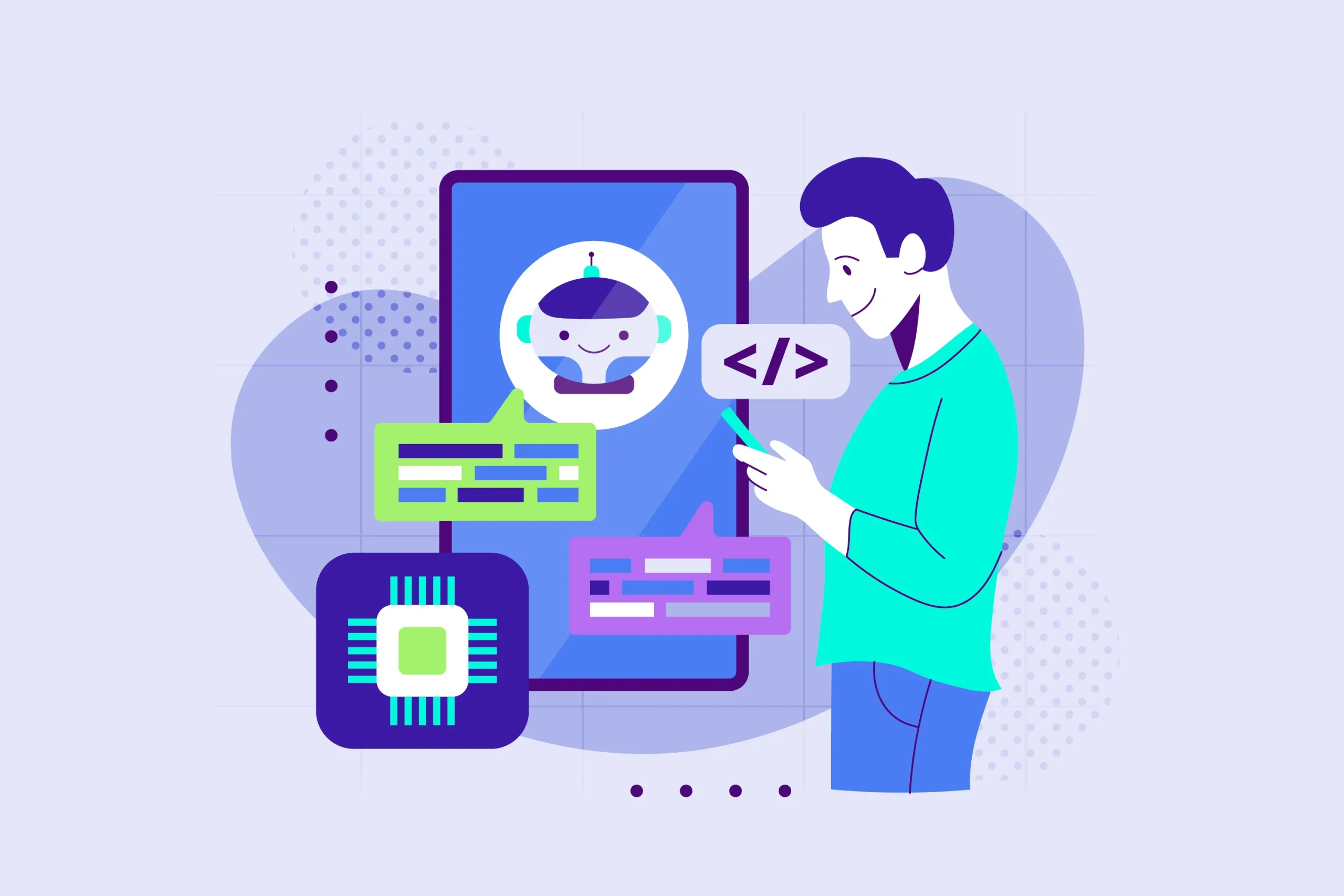
For example, Gong’s analytics engine pinpoints key topics discussed during calls and correlates them with deal outcomes, revealing what language or tone drives success. Managers use these insights for personalized coaching, improving the effectiveness of sales teams across the organization. Beyond call reviews, conversational intelligence tools also integrate with CRMs to automatically log call summaries, saving hours of administrative effort each week.
AI for Prospecting and Outreach
Finding qualified leads remains one of the most resource-intensive stages of B2B sales. AI-powered prospecting tools such as Cognism, Apollo.io, and LinkedIn Sales Navigator AI simplify this process through automated research and intelligent outreach.
Cognism’s AI-driven data enrichment ensures that sales teams always work with verified, up-to-date contact information. Apollo.io uses machine learning to recommend new prospects based on ICP (Ideal Customer Profile) similarity and engagement history. LinkedIn Sales Navigator’s AI enhancements track relationship-building opportunities, suggesting connections and outreach timing optimized for conversion.
These B2B AI tools use NLP and data intelligence to generate personalized outreach messages, ensuring that communication feels relevant and authentic. As a result, teams spend less time cold calling and more time building strategic relationships with high-value accounts.
Dynamic Pricing and Quotation Automation
Pricing in B2B sales is rarely straightforward—contracts vary by customer, volume, region, and negotiation. AI-powered CPQ (Configure, Price, Quote) systems such as PROS Smart CPQ, Vendavo, and PandaDoc AI automate this complexity, using machine learning to recommend optimal pricing strategies based on historical deal performance, market trends, and margin targets.
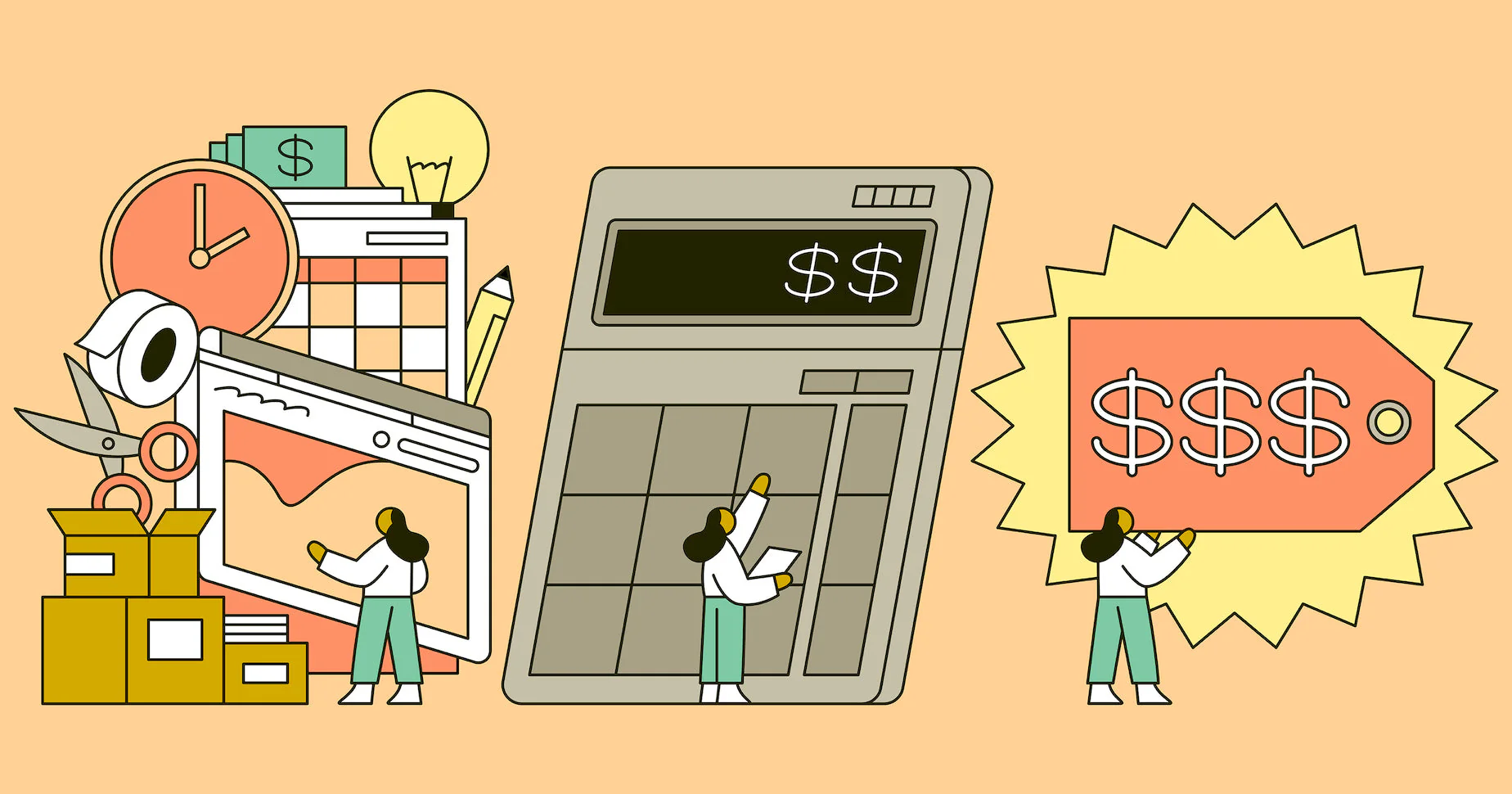
PROS Smart CPQ dynamically adjusts pricing in response to competitive conditions and customer segmentation, ensuring maximum profitability without manual guesswork. Vendavo uses predictive analytics to simulate pricing scenarios and assess risk before quotes are finalized. PandaDoc AI further streamlines the sales process by generating customized proposals automatically, accelerating the quoting stage and shortening deal cycles.
These B2B AI tools empower organizations to maintain agility in highly competitive markets—balancing profitability with customer satisfaction while reducing negotiation delays.
Case Snapshots
As sales organizations evolve from traditional forecasting to AI-enhanced operations, leading companies are leveraging B2B AI tools to improve visibility, accuracy, and profitability. The following verified examples from Fortinet and Manitou Group illustrate how predictive intelligence and dynamic pricing are driving measurable outcomes in real-world enterprise environments.
Example 1: Fortinet — Achieving 97% Forecast Accuracy with Clari
Fortinet, a global cybersecurity leader, adopted Clari, a revenue operations and forecasting platform powered by AI, to unify its sales data and improve revenue predictability. Previously, Fortinet’s forecasting relied on manual data aggregation, making it difficult to track real-time pipeline health across global teams.
After deploying Clari, Fortinet consolidated CRM data, email interactions, and deal activity into a single AI-driven dashboard. The platform’s predictive models analyzed deal progression, stage velocity, and historical conversion patterns to identify at-risk opportunities and improve forecast precision.
As a result, Fortinet achieved 97% forecast accuracy and dramatically enhanced collaboration between sales and operations teams. The implementation established a single source of truth for global forecasting and provided actionable insights into deal health and revenue trends.
Example 2: Manitou Group — Increasing Sales by 26% with PROS Smart CPQ
Manitou Group, a multinational manufacturer and distributor of material-handling equipment, implemented PROS Smart CPQ to streamline pricing and quoting processes. The company’s legacy approach required manual configuration and inconsistent discounting, often slowing deal cycles and reducing profitability.
By using PROS’ AI-driven CPQ platform, Manitou automated quote generation, applied dynamic pricing recommendations based on historical sales data, and standardized discounts across product categories and regions. This digital transformation led to a 26% year-over-year increase in sales, improved quote consistency, and faster response times to dealer and distributor requests.
The AI-enhanced system not only reduced administrative overhead but also empowered sales teams with real-time pricing intelligence—ensuring every quote was both competitive and profitable.
AI Tools for B2B Customer Engagement and Retention
Customer engagement and retention lie at the heart of long-term profitability in the B2B world. Unlike transactional B2C environments, B2B relationships are built on trust, ongoing collaboration, and measurable value over time. The challenge for most enterprises, however, is maintaining proactive engagement across hundreds or thousands of accounts—each with different expectations, product use cases, and renewal timelines.

This is where B2B AI tools redefine customer success. By leveraging predictive analytics, natural language processing (NLP), and emotion recognition, these tools transform customer relationship management from reactive to anticipatory. They enable teams to identify churn risks before they surface, personalize communications for key accounts, and optimize every interaction based on behavioral insights. In essence, B2B AI tools empower organizations to create self-learning engagement ecosystems that strengthen loyalty, reduce attrition, and expand customer lifetime value (CLV).
The Shift Toward Predictive Customer Success
The era of static customer success dashboards is over. Today’s B2B AI tools usher in a new paradigm—predictive customer success—where retention strategies are driven by real-time intelligence rather than historical metrics.
How AI Predicts Churn, Automates Support, and Drives Loyalty
Traditional retention approaches depend on lagging indicators such as customer satisfaction surveys or quarterly renewal trends. In contrast, B2B AI tools use continuous data streams—from CRM activity, usage logs, support tickets, and even sentiment in communications—to predict which accounts are most likely to churn.
For example, predictive scoring models within AI-powered platforms like Gainsight PX, Totango, or ChurnZero evaluate multiple dimensions—product adoption, engagement frequency, NPS trends, and response delays—to assign each customer a “health score.” This score dynamically changes as new data arrives, allowing success managers to prioritize outreach before problems escalate.
Beyond prediction, AI also automates proactive engagement. Virtual assistants and conversational bots manage low-touch interactions, provide instant responses, and trigger workflow automations that ensure timely follow-ups. This combination of automation and intelligence not only improves response times but also frees human teams to focus on complex, high-value relationship building—deepening trust and loyalty.
The Role of Emotion Analysis and Behavior Prediction
Emotionally intelligent engagement is now achievable at scale through AI. Using NLP and sentiment analysis, modern B2B AI tools interpret tone, word choice, and contextual patterns from customer interactions across emails, chats, and surveys. Platforms such as Clarabridge and Medallia categorize emotions—frustration, satisfaction, curiosity—and connect them to actionable insights.
This emotional layer is critical in B2B contexts, where relationship health can make or break multi-year contracts. For instance, detecting subtle frustration in a support conversation may trigger an automatic escalation or a personalized outreach from an account manager. Over time, these micro-interventions significantly improve retention, prevent churn, and enhance customer advocacy.
Core Categories of Engagement Tools
B2B AI tools for engagement and retention span several interconnected categories, each addressing a specific phase in the customer relationship journey—from first-line support to long-term account nurturing.
AI Chatbots and Virtual Assistants
AI-powered chatbots and virtual assistants like Ada, Forethought, and Zendesk AI are transforming how B2B companies deliver customer support. These systems use natural language understanding (NLU) to interpret inquiries, deliver instant answers, and even escalate complex issues to human agents when necessary.
For example, Ada automates up to 80% of customer inquiries for enterprise clients, while Forethought’s SupportGPT uses generative AI to draft personalized replies for agents—reducing average response times by 30–40%. Meanwhile, Zendesk AI integrates conversational intelligence into ticketing systems, automatically classifying issues, tagging urgency, and suggesting resolutions.
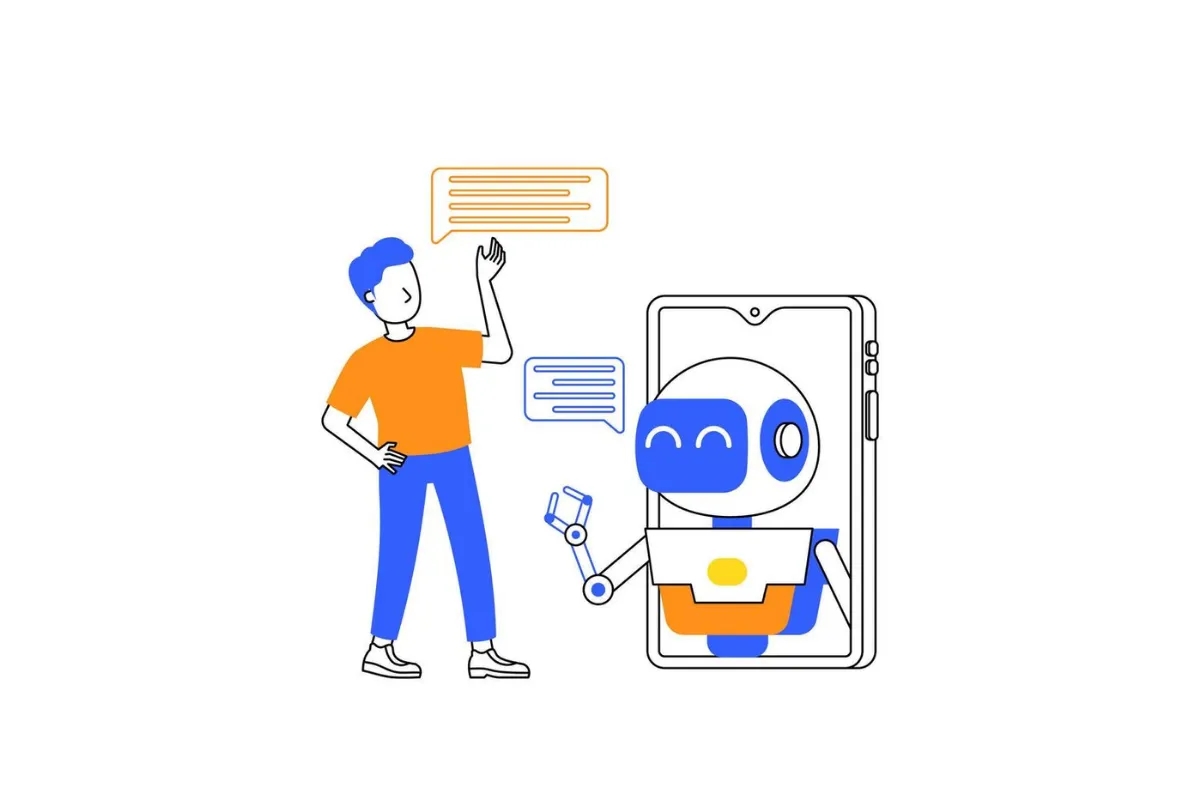
By reducing ticket volume, improving accuracy, and maintaining consistent tone, these B2B AI tools enhance both efficiency and customer satisfaction. Moreover, their data integration capabilities enable companies to learn continuously from every interaction, making future responses smarter and more contextual.
Predictive Churn and Customer Lifetime Value Models
Retention is no longer a guessing game—it’s a science driven by data. Predictive churn and CLV modeling tools such as Gainsight PX, Totango, and ChurnZero use AI to identify early warning signs of disengagement and prescribe the best retention strategies.
Gainsight PX, for instance, leverages behavioral analytics to detect declining product usage or negative sentiment trends, alerting customer success teams before renewal risks escalate. Totango automates success playbooks based on account stage and risk profile, while ChurnZero integrates directly with CRMs to send personalized communications triggered by specific customer behaviors.
These B2B AI tools also help quantify customer lifetime value through machine learning models that consider transaction history, engagement depth, and upsell probability. By aligning customer retention and revenue forecasting, organizations can move from reactive churn mitigation to proactive, data-informed growth.
AI-Driven Personalization Engines
For enterprise relationships, personalization means more than inserting a customer’s name into an email—it’s about tailoring every experience to the client’s unique needs and behaviors. Platforms like Dynamic Yield, Insider, and Blueshift use AI to deliver hyper-personalized digital experiences in real time.
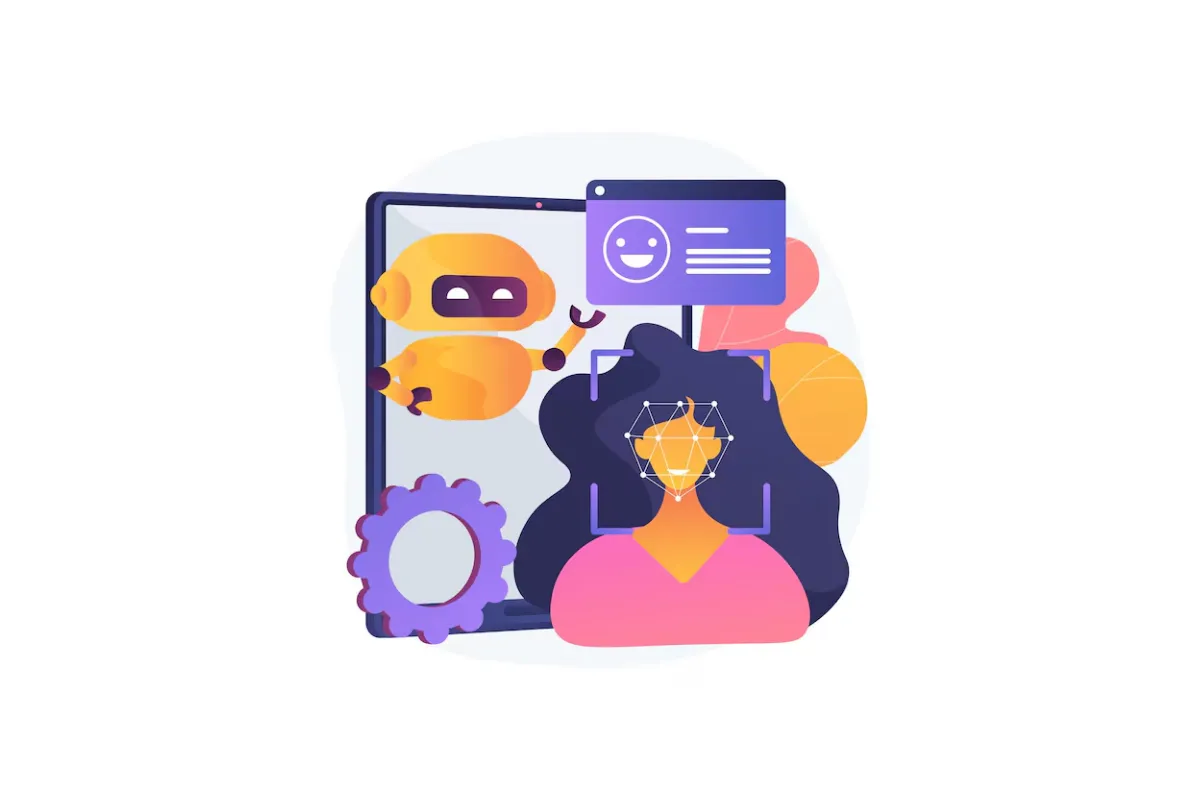
Dynamic Yield adapts website layouts and recommendations based on user intent and industry context, while Insider’s AI segmentation engine predicts which accounts are most likely to engage with specific content types. Blueshift takes this further by unifying data across multiple channels—email, app, and web—to orchestrate consistent and relevant journeys across touchpoints.
These personalization engines help B2B brands maintain relevance in long buying cycles, ensuring that communications evolve dynamically as customer needs change. The outcome is improved engagement, increased upsell potential, and stronger retention rates.
Sentiment Analysis and Feedback Analytics
Feedback is a goldmine for improvement—but only if interpreted accurately. Tools such as MonkeyLearn, Clarabridge, and Medallia bring advanced sentiment analytics into customer success workflows, enabling organizations to understand not just what customers say, but how they feel.
MonkeyLearn applies machine learning to classify qualitative feedback from surveys and tickets, identifying recurring issues or emerging product themes. Clarabridge transforms text and voice data into structured insights, correlating customer emotions with satisfaction and loyalty metrics. Medallia’s Experience Cloud, meanwhile, integrates directly with CRMs to quantify emotional tone across channels—linking empathy to retention outcomes.
These AI-driven systems help teams take immediate, targeted action—whether by refining products, retraining support staff, or launching outreach campaigns tailored to customer sentiment. Over time, this loop of listening and adapting creates a self-reinforcing cycle of engagement and loyalty.
Case Snapshots
Real-world success stories show how predictive intelligence and sentiment analysis are already reshaping B2B engagement strategies.
Example 1: Cisco — Reducing Churn via Predictive Scoring
Cisco Systems, one of the world’s largest technology companies, leveraged Gainsight PX to reduce churn across its global customer base. The company faced challenges in monitoring customer health due to vast product portfolios and fragmented user data.
By integrating Gainsight PX with its CRM, Cisco centralized product usage, engagement scores, and support metrics into a unified AI-driven dashboard. The platform’s predictive scoring identified customers at risk based on declining adoption rates and reduced logins.
As a result, Cisco achieved a 36% reduction in churn among targeted accounts within the first year and improved customer satisfaction scores by double digits. Gainsight’s AI insights also enabled customer success teams to personalize outreach and automate renewal playbooks, ensuring consistent engagement throughout the customer lifecycle.
Example 2: Shopify — Enhancing Support and Retention with Sentiment AI
Shopify, the global eCommerce infrastructure provider, uses Zendesk AI to manage customer support at scale for millions of merchants worldwide. With thousands of support tickets generated daily, maintaining response quality and emotional awareness was a critical challenge.
By integrating Zendesk’s AI-driven automation, Shopify implemented sentiment analysis to triage requests and prioritize urgent or negative inquiries. Zendesk’s NLP models detected frustration and urgency in messages, automatically routing them to senior agents or specialized teams.
This deployment reduced ticket backlogs and increased first-response times by 21%. Furthermore, Shopify reported a sustained rise in customer satisfaction (CSAT) scores, as emotionally charged requests were handled more empathetically and efficiently.
AI Tools for B2B Supply Chain and Operations
B2B AI tools designed for supply chain and operations management use machine learning, predictive analytics, and real-time data integration to give enterprises complete visibility from supplier to customer.
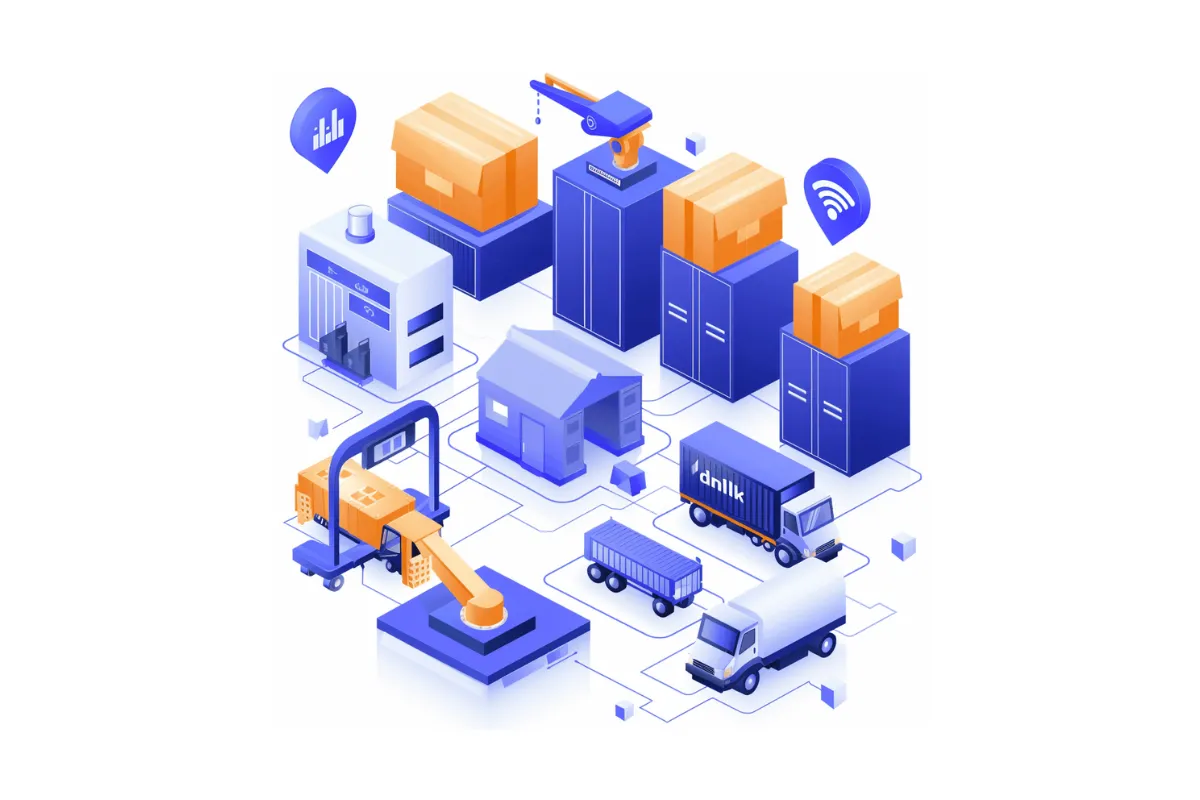
They ingest massive volumes of structured and unstructured data—spanning IoT sensors, ERP systems, and external market signals—to deliver actionable insights. Instead of reacting to issues, companies can now predict and prevent them. As a result, businesses using these intelligent systems are achieving unprecedented efficiency, accuracy, and responsiveness across their global networks.
Why AI Is Critical for Modern Supply Chains
AI has become a cornerstone of operational excellence in B2B environments. Traditional supply chain models depend on static forecasting and manual coordination—processes that crumble under today’s demand volatility and market uncertainty. B2B AI tools offer a paradigm shift, turning fragmented operations into cohesive, data-driven ecosystems that can adapt dynamically to real-world changes.
Tackling Volatility, Demand Uncertainty, and Inefficiency
Global supply chains are inherently vulnerable to demand fluctuations, labor shortages, and transportation bottlenecks. B2B AI tools tackle these pain points by applying predictive analytics and real-time optimization. For example, AI algorithms can detect anomalies in supplier lead times or freight costs, identify early signs of bottlenecks, and automatically recommend rerouting or sourcing alternatives.
Machine learning models continuously refine themselves using data from logistics partners, weather forecasts, and market trends, allowing businesses to anticipate challenges weeks or months in advance. This proactive capability ensures cost savings, shorter delivery times, and better service-level reliability—all of which are critical differentiators in competitive B2B markets.
Transition from Reactive to Predictive Operations
The hallmark of modern supply chains is their predictive nature. With AI, operations managers no longer need to wait for disruption to respond—they can forecast potential risks and act ahead of time. Predictive analytics tools such as o9 Solutions and SAP Integrated Business Planning (SAP IBP) analyze historical demand patterns, macroeconomic indicators, and real-time data to provide accurate forecasts that evolve as market conditions change.
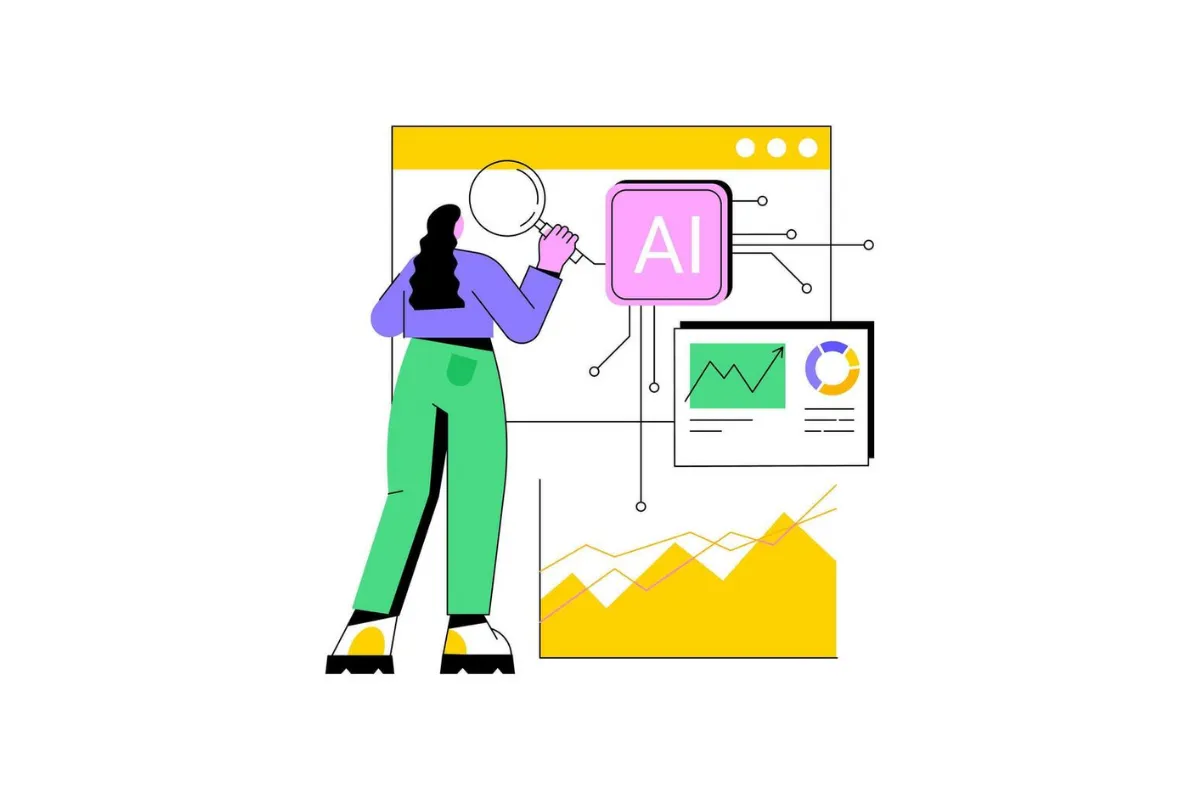
Moreover, AI-driven decision intelligence platforms allow for scenario modeling, helping businesses simulate different outcomes—such as supplier delays or geopolitical shifts—and prepare mitigation strategies. This evolution from reactive management to predictive control is redefining how B2B enterprises operate, reducing uncertainty while increasing agility and strategic foresight.
Key AI Application Areas
The application of AI in B2B supply chain and operations is vast, but four areas stand out as the pillars of modern transformation: demand forecasting, inventory optimization, predictive maintenance, and intelligent procurement. Together, they form the backbone of resilient, data-driven enterprises.
Predictive Demand Forecasting
Accurate demand forecasting is the foundation of any efficient supply chain. Tools like o9 Solutions, Llamasoft, and SAP IBP employ AI and advanced analytics to merge internal data—such as historical sales and production—with external signals like weather, seasonality, and macroeconomic trends.
o9 Solutions uses real-time digital twins of the supply chain to simulate demand scenarios and predict optimal production and distribution levels. Llamasoft, now part of Coupa, leverages machine learning to optimize network design and anticipate shifts in customer demand. Meanwhile, SAP IBP integrates predictive modeling directly with ERP systems, allowing seamless data flow between planning and execution.
These B2B AI tools enhance forecast accuracy, minimize excess inventory, and prevent stockouts, leading to better working capital management and customer satisfaction.
Inventory and Logistics Optimization
AI’s role in logistics is to make operations faster, leaner, and more adaptive. Platforms such as Blue Yonder, E2open, and Kinaxis RapidResponse deliver end-to-end visibility into supply chain activities, enabling real-time optimization.
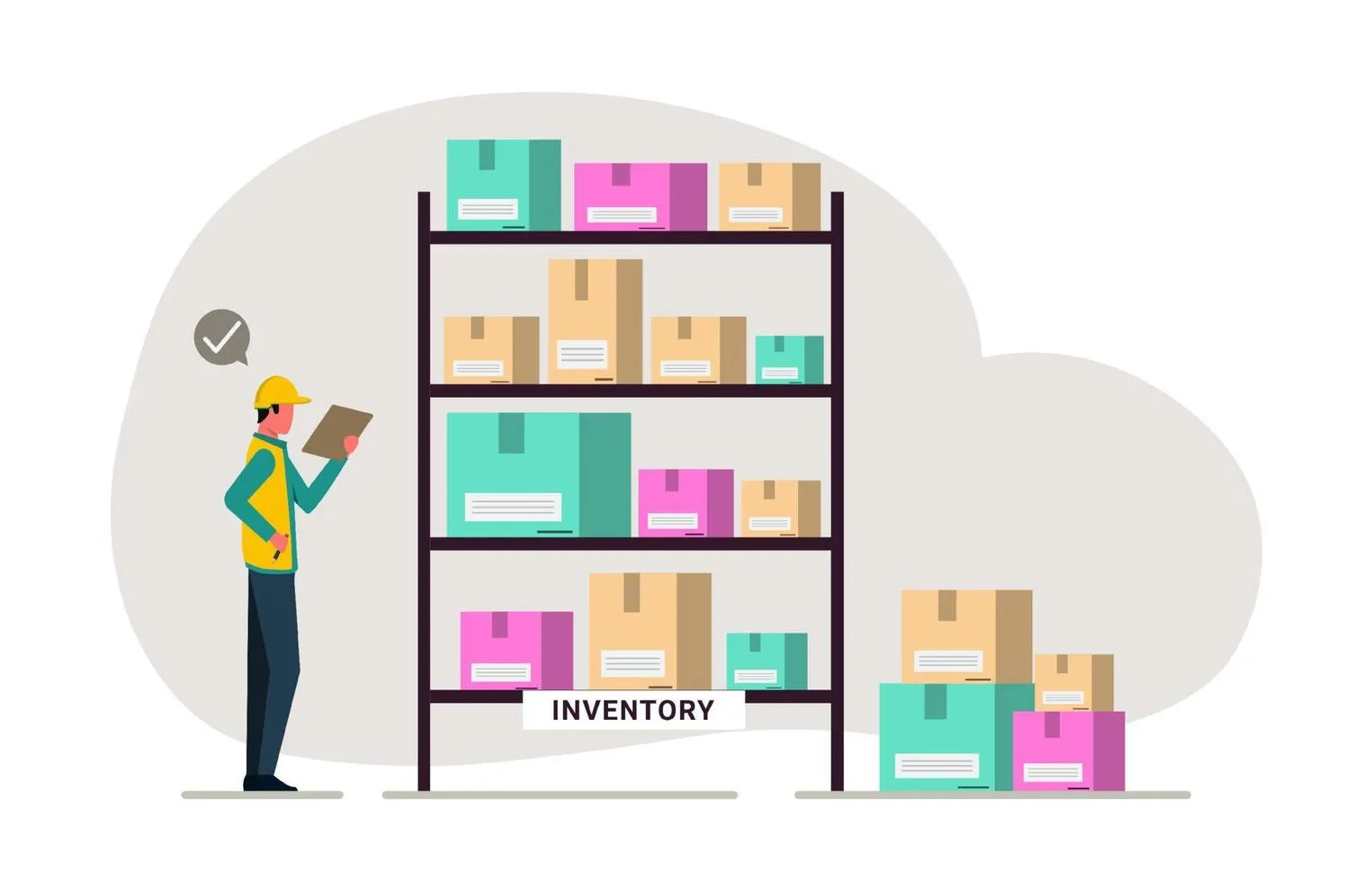
Blue Yonder applies machine learning to dynamically adjust replenishment and route planning based on actual demand signals. E2open combines AI with global trade data to coordinate cross-border shipments and monitor supplier performance. Kinaxis RapidResponse excels in concurrent planning—allowing companies to model the impact of demand fluctuations instantly and reconfigure supply chain decisions accordingly.
By automating routing, replenishment, and warehouse management, these B2B AI tools significantly reduce lead times, operational costs, and carbon footprints, while improving service reliability.
Predictive Maintenance and IoT Integration
Downtime is one of the most expensive inefficiencies in industrial operations. Predictive maintenance solutions powered by AI and IoT—such as IBM Maximo, Uptake, and SparkCognition, enable manufacturers and distributors to anticipate equipment failures before they happen.
IBM Maximo uses AI-driven condition monitoring to assess machinery health and schedule maintenance precisely when needed. Uptake combines sensor data with performance analytics to predict asset degradation, while SparkCognition applies AI models to detect anomalies and optimize production uptime.
By analyzing vibration data, energy consumption, and temperature trends, these tools reduce maintenance costs by up to 40% and extend asset lifespans. The integration of IoT data with AI ensures that operations remain proactive and efficient, minimizing unplanned downtime and improving safety standards.
Intelligent Procurement and Supplier Management
Procurement has evolved from cost control to strategic value creation, thanks to AI. Tools such as Ivalua, JAGGAER, and Coupa AI automate sourcing, supplier evaluation, and risk monitoring.
Ivalua leverages AI for spend analytics and supplier classification, while JAGGAER integrates NLP and computer vision to automate supplier onboarding and compliance verification. Coupa AI uses predictive insights to identify optimal sourcing strategies, track supplier sustainability performance, and flag potential disruptions.
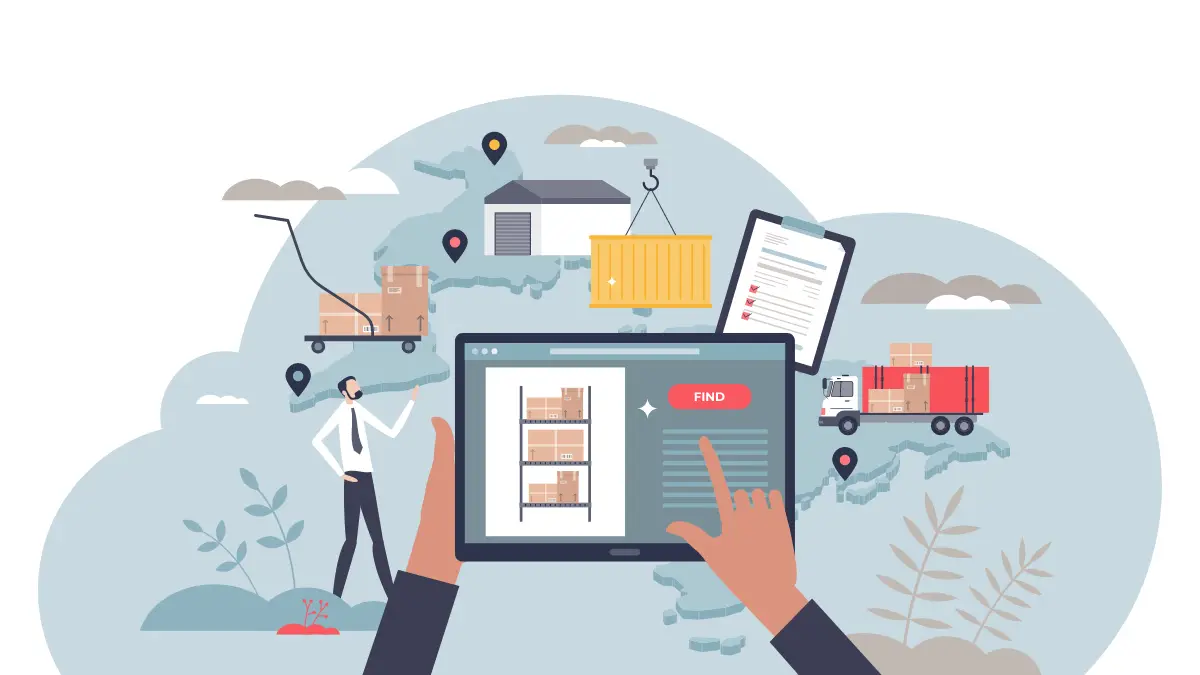
These B2B AI tools not only streamline procurement workflows but also enhance transparency, ensuring that supply networks remain ethical, compliant, and resilient in volatile markets.
Case Snapshots
Real-world deployments highlight the measurable impact of B2B AI tools in improving supply chain efficiency and operational performance across industries.
Example 1: BMW Group — Improving Logistics Visibility with Kinaxis RapidResponse
BMW Group, one of the world’s leading automotive manufacturers, implemented Kinaxis RapidResponse to enhance its supply chain visibility and coordination. Managing a global network of suppliers and plants, BMW faced challenges synchronizing production planning and logistics in real time.
Kinaxis’s AI-driven concurrent planning platform created digital twins of BMW’s supply chain, enabling predictive modeling of demand fluctuations and production capacity. The system provided a unified view of the company’s global logistics operations, allowing BMW to anticipate delays and reallocate resources dynamically.
According to Kinaxis, BMW achieved improved supply continuity, faster production decision-making, and reduced inventory carrying costs. The predictive capabilities of the B2B AI tool allowed BMW to adjust manufacturing schedules instantly in response to real-time disruptions—such as supplier delays or shipment bottlenecks—boosting overall efficiency and resilience.
Example 2: Siemens — Optimizing Supplier Performance Tracking with Ivalua
Siemens AG, the global industrial technology conglomerate, deployed Ivalua’s AI-driven procurement platform to enhance supplier performance tracking and compliance management. With tens of thousands of global suppliers, Siemens required a solution to manage data consistency, evaluate risk, and improve sourcing efficiency.
Through Ivalua’s B2B AI tools, Siemens automated supplier performance scoring using AI models that analyzed delivery reliability, quality metrics, and sustainability ratings. The system also integrated with Siemens’ ERP and compliance systems to monitor real-time supplier data and identify deviations from contractual obligations.
As a result, Siemens improved supplier transparency, reduced procurement cycle times, and enhanced collaboration with vendors. The AI-driven analytics empowered the company to proactively manage supplier risk, leading to better cost control and supply stability.
AI Tools for B2B Analytics, Insights, and Forecasting
Data is the new foundation of competitive advantage, and in the B2B world, the ability to analyze, predict, and act on data in real time determines whether an organization leads or lags behind. As enterprises generate exponential volumes of data across supply chains, sales funnels, customer touchpoints, and financial systems, managing this complexity requires more than traditional business intelligence (BI). It demands the precision, adaptability, and foresight of AI-driven analytics.
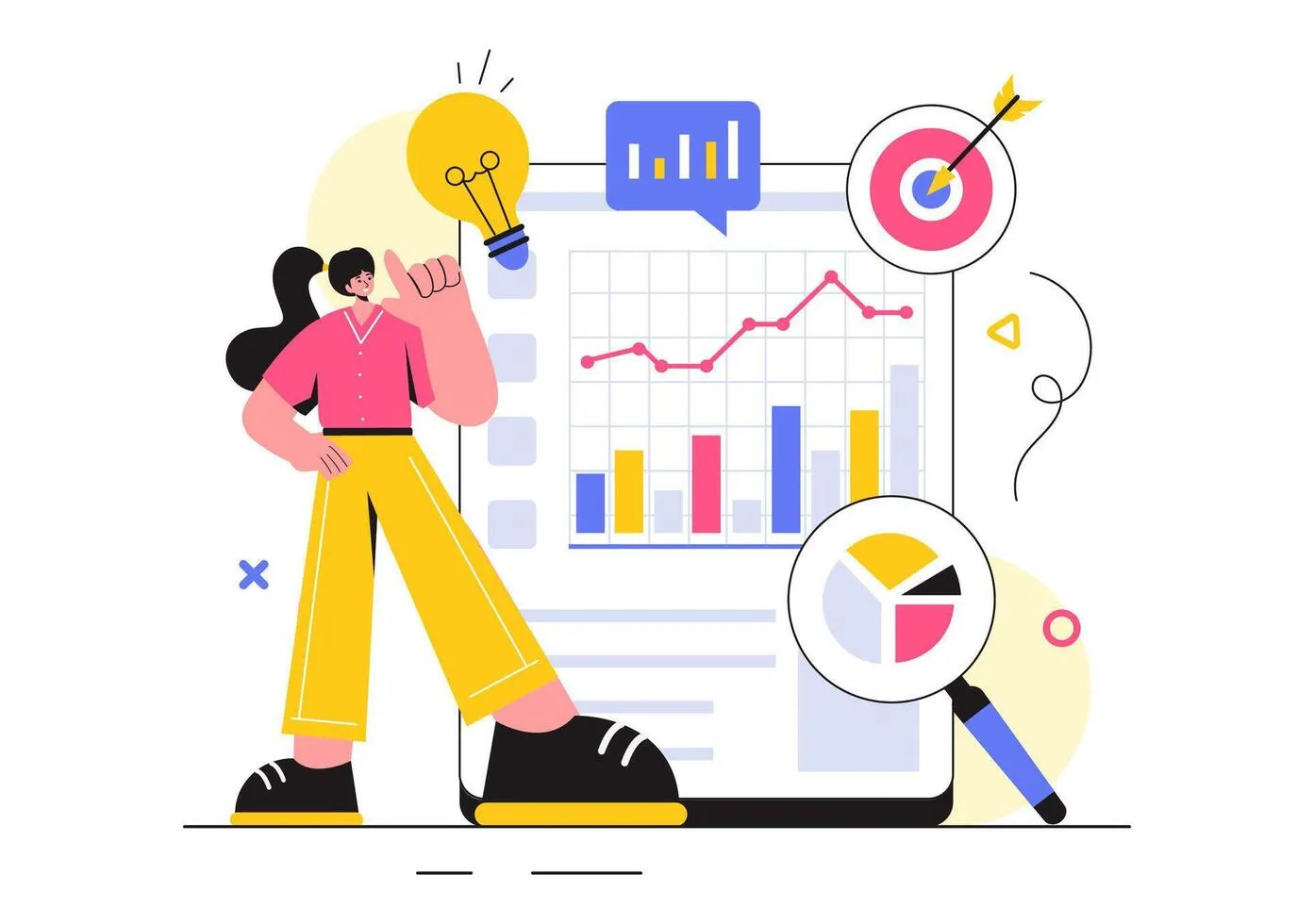
B2B AI tools in analytics, insights, and forecasting transform raw data into contextual intelligence—helping organizations uncover patterns, anticipate outcomes, and make faster, smarter decisions. These tools go far beyond descriptive analytics: they explain why something happened, predict what will happen next, and recommend optimal actions to take. From sales forecasting to operational efficiency and risk management, AI is enabling a new class of data-driven decision-making in the B2B landscape.
The Power of Predictive and Prescriptive Analytics
AI has redefined how businesses derive value from data. Predictive and prescriptive analytics—two of the most powerful capabilities of B2B AI tools—enable companies not just to understand the past but to anticipate the future and optimize responses in real time.
How AI Converts Raw Data into Real-Time Decision Intelligence
In most B2B enterprises, valuable insights are locked within siloed systems: CRM, ERP, finance, logistics, and marketing databases rarely communicate efficiently. B2B AI tools overcome this challenge through machine learning algorithms that ingest and harmonize data across platforms. Once unified, these systems apply predictive models to identify correlations and trends invisible to human analysts.
For example, an AI analytics platform can analyze global sales data, macroeconomic indicators, and customer engagement metrics simultaneously to forecast product demand. As new information enters the system—such as updated inventory or price changes—the model recalibrates automatically, ensuring that decisions are based on the latest conditions. This real-time agility empowers teams to react proactively rather than reactively, enhancing competitiveness and profitability.
Strategic Advantages of Unified Data Visibility
A key advantage of B2B AI tools in analytics is unified data visibility—the ability to connect multiple data sources into a single, cohesive view of business performance. By creating this “single source of truth,” enterprises gain transparency across every operational layer, from marketing ROI and sales conversion to supplier risk and financial forecasting.
Unified visibility enables faster alignment between departments. For instance, marketing can understand how lead quality affects revenue forecasts, while supply chain teams can anticipate stock replenishment based on predictive demand. With AI continuously monitoring data streams, deviations are flagged instantly, and corrective recommendations are generated automatically. This level of integration turns analytics from a static reporting process into an active, adaptive intelligence system.
Types of AI Analytics Tools
The landscape of AI analytics tools for B2B enterprises spans multiple categories, each designed to address specific challenges—from visualization and forecasting to natural language analysis and data preparation. Together, they form a comprehensive ecosystem of intelligent decision-making.
Predictive Analytics and Data Visualization
Visualization is the language of understanding, and AI is its new interpreter. Tools like Tableau AI, Microsoft Power BI Copilot, and ThoughtSpot Sage merge machine learning with intuitive dashboards, transforming data into actionable narratives.
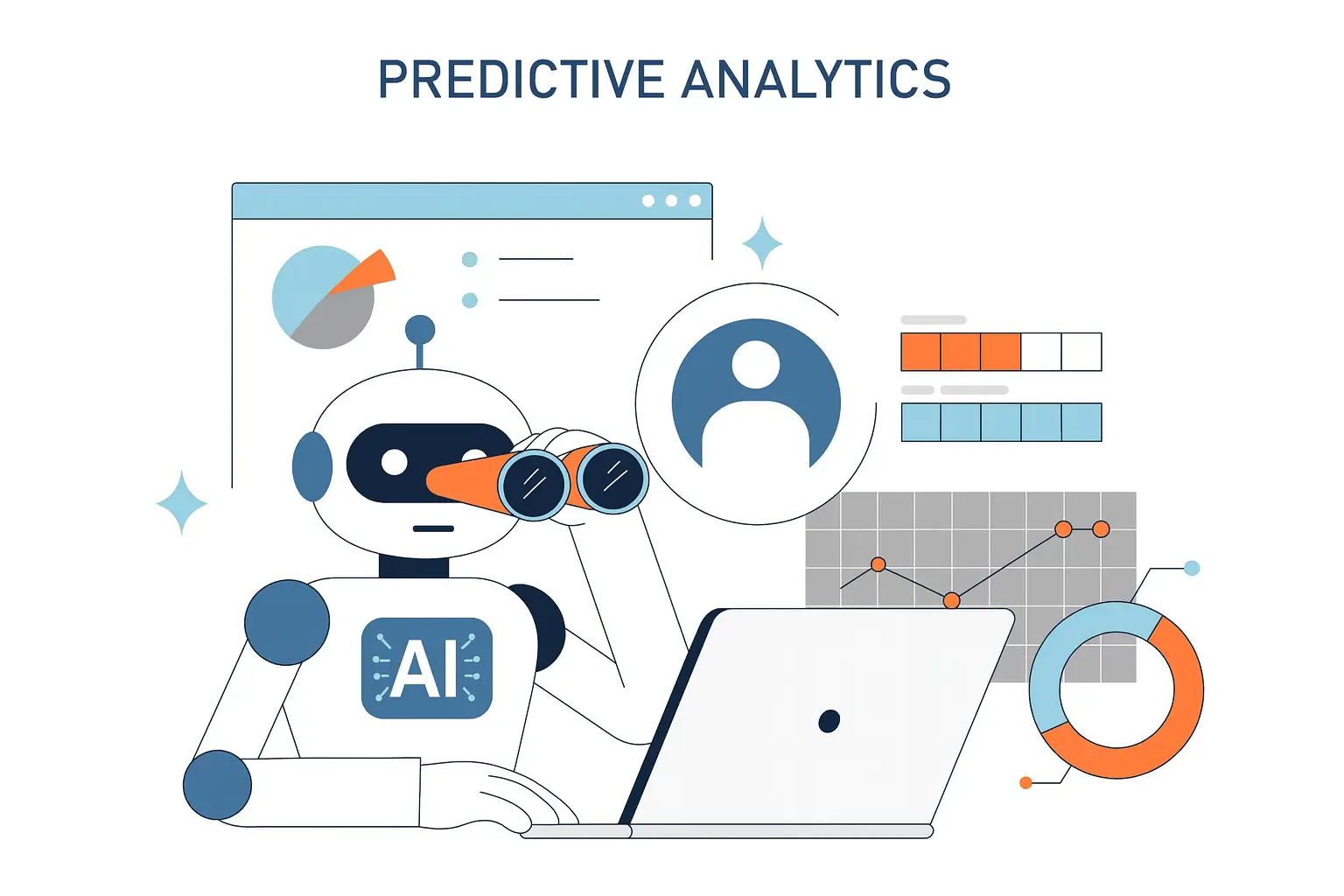
Tableau AI enhances traditional BI by suggesting visualizations and detecting outliers automatically. Users can query data using natural language, and Tableau’s AI engine generates visual insights, forecasts, and trend lines instantly. Microsoft Power BI Copilot integrates generative AI into data analysis, allowing users to describe what they need in plain English—such as “show quarterly revenue trends by region”—and receive ready-to-publish dashboards. ThoughtSpot Sage uses generative AI to convert raw data into contextualized stories, making insights accessible to decision-makers at all levels.
These B2B AI tools democratize analytics by reducing the need for technical expertise, empowering teams to make data-driven decisions faster and with greater confidence.
AI-Driven Business Forecasting
Accurate forecasting is essential for operational stability and strategic planning. Tools like Anaplan, Datarails, and Board.ai enable large enterprises to build predictive financial and operational models that adapt to changing market conditions.
Anaplan uses connected planning and machine learning to simulate business scenarios—such as shifts in demand, pricing, or workforce allocation—allowing executives to evaluate “what-if” outcomes in real time. Datarails leverages AI to automate financial consolidations and projections, significantly reducing manual spreadsheet errors. Board.ai integrates predictive modeling with performance management dashboards, ensuring alignment between financial forecasts and corporate objectives.
These B2B AI tools turn static planning cycles into dynamic, continuously updated processes. The result is a forecasting environment that not only predicts future outcomes but also recommends optimal strategies to maximize revenue and minimize risk.
Natural Language Querying and Decision Intelligence
AI-driven decision intelligence tools bridge the gap between technical analytics and everyday business communication. Platforms such as Sisu Data, Tellius, and Qlik Sense AI enable non-technical users to interact with complex data systems using natural language queries.
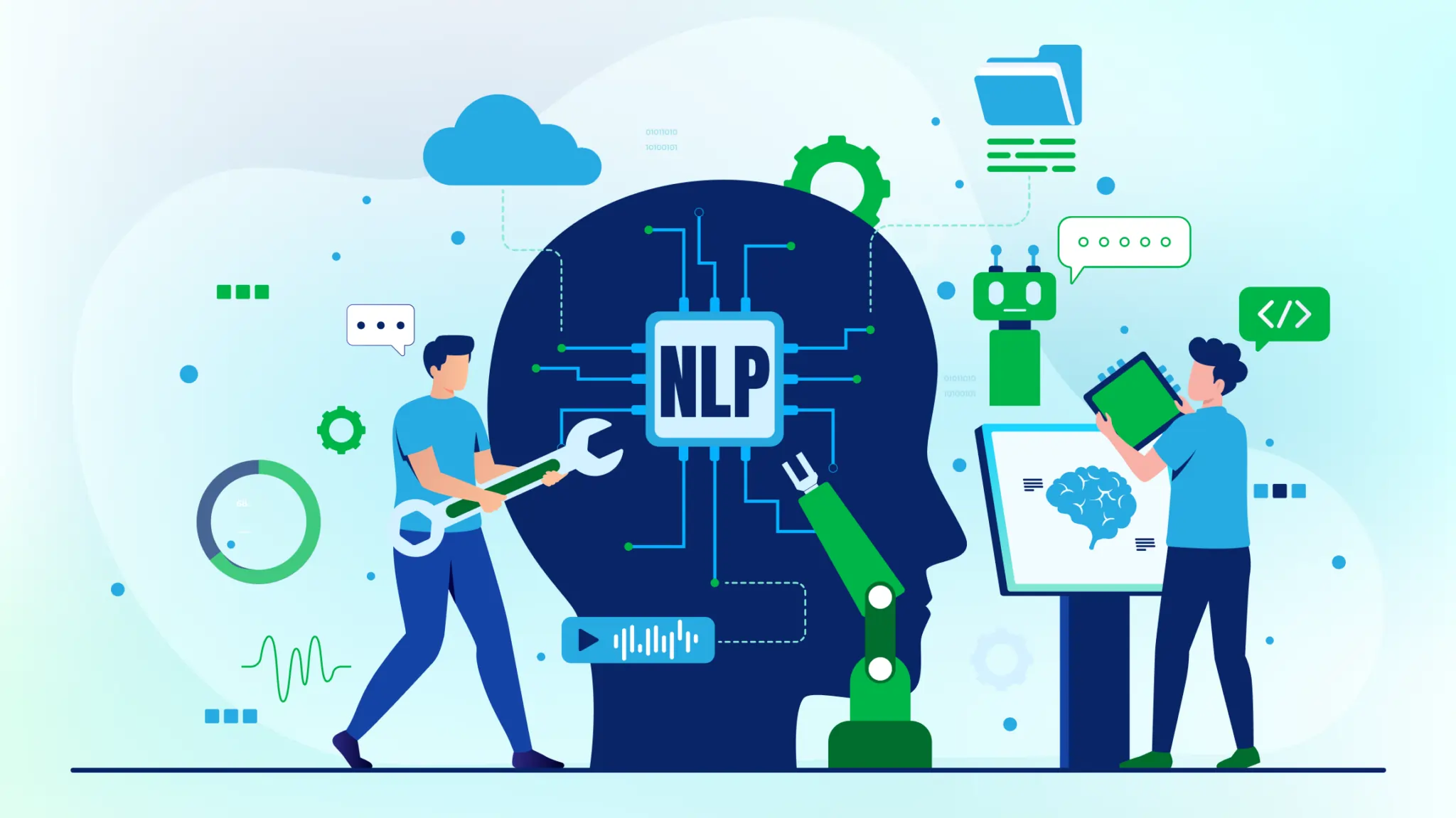
Sisu Data uses automated statistical analysis to identify drivers behind key metrics, explaining why trends occur. Tellius combines NLP and AI analytics, allowing users to ask questions like “Why did customer churn increase last quarter?” and receive data-backed explanations. Qlik Sense AI extends this further by integrating predictive insights directly into dashboards, surfacing contextual recommendations during analysis.
These tools make analytics conversational and intuitive, helping cross-functional B2B teams collaborate more effectively. Decision-makers can access real-time insights without relying on data scientists, ensuring that intelligence flows freely across departments.
Data Integration and Quality Enhancement
Accurate insights require clean, harmonized data. B2B AI tools like Talend AI, Informatica CLAIRE, and Alteryx Auto Insights specialize in data integration, governance, and quality enhancement.
Talend AI automates data preparation and cleansing by detecting anomalies, inconsistencies, and missing values through machine learning. Informatica CLAIRE applies AI to metadata management, ensuring data lineage and compliance across enterprise systems. Alteryx Auto Insights transforms raw datasets into ready-made analytical summaries, highlighting key trends and anomalies automatically.
These platforms ensure that decision-making is based on reliable, high-quality information. In an era where B2B data flows across global systems and formats, this automated accuracy is essential for maintaining trust in analytics-driven strategies.
Case Snapshots
Real-world applications of B2B AI tools in analytics reveal how enterprises use data intelligence to enhance agility, accuracy, and foresight.
Example 1: Coca-Cola — Enterprise Using AI Analytics for Agile Planning
The Coca-Cola Company implemented Anaplan to modernize its financial planning and forecasting processes across global markets. With hundreds of products distributed in over 200 countries, Coca-Cola’s traditional spreadsheet-based planning was slow and fragmented.
By adopting Anaplan’s AI-powered connected planning platform, the company unified sales, finance, and supply chain data into a single, cloud-based system. Machine learning algorithms analyzed regional consumption patterns and macroeconomic indicators, generating predictive forecasts at both product and market levels.
As a result, Coca-Cola reduced planning cycle times by 30%, improved forecasting accuracy by 20%, and gained the agility to adjust production and distribution strategies in near real time. The deployment of this B2B AI tool transformed planning from a quarterly exercise into a continuously adaptive process.
Example 2: Unilever — Manufacturer Enhancing Demand Forecasting Accuracy
Unilever, one of the world’s largest consumer goods manufacturers, adopted Microsoft Power BI and Azure AI to improve demand forecasting accuracy across its global supply chain. The company’s scale and product diversity made it difficult to balance inventory levels with consumer demand in real time.
By integrating AI analytics from Power BI with Azure Machine Learning, Unilever created predictive models capable of analyzing historical sales data, weather patterns, and marketing campaign impacts simultaneously. The system generated daily forecasts and provided demand planners with actionable insights via interactive dashboards.
Unilever achieved a forecast accuracy improvement of over 10% and a significant reduction in supply chain waste and stockouts. Beyond forecasting, the solution provided transparency across global operations, supporting Unilever’s sustainability goals by reducing overproduction and energy usage.
AI Tools for B2B HR and Talent Management
Human capital remains the most valuable asset for any B2B organization. As enterprises scale, manage distributed teams, and compete for specialized talent, traditional HR systems often struggle to meet the demand for agility, personalization, and predictive intelligence. B2B AI tools are now redefining how organizations recruit, engage, retain, and develop their workforce.
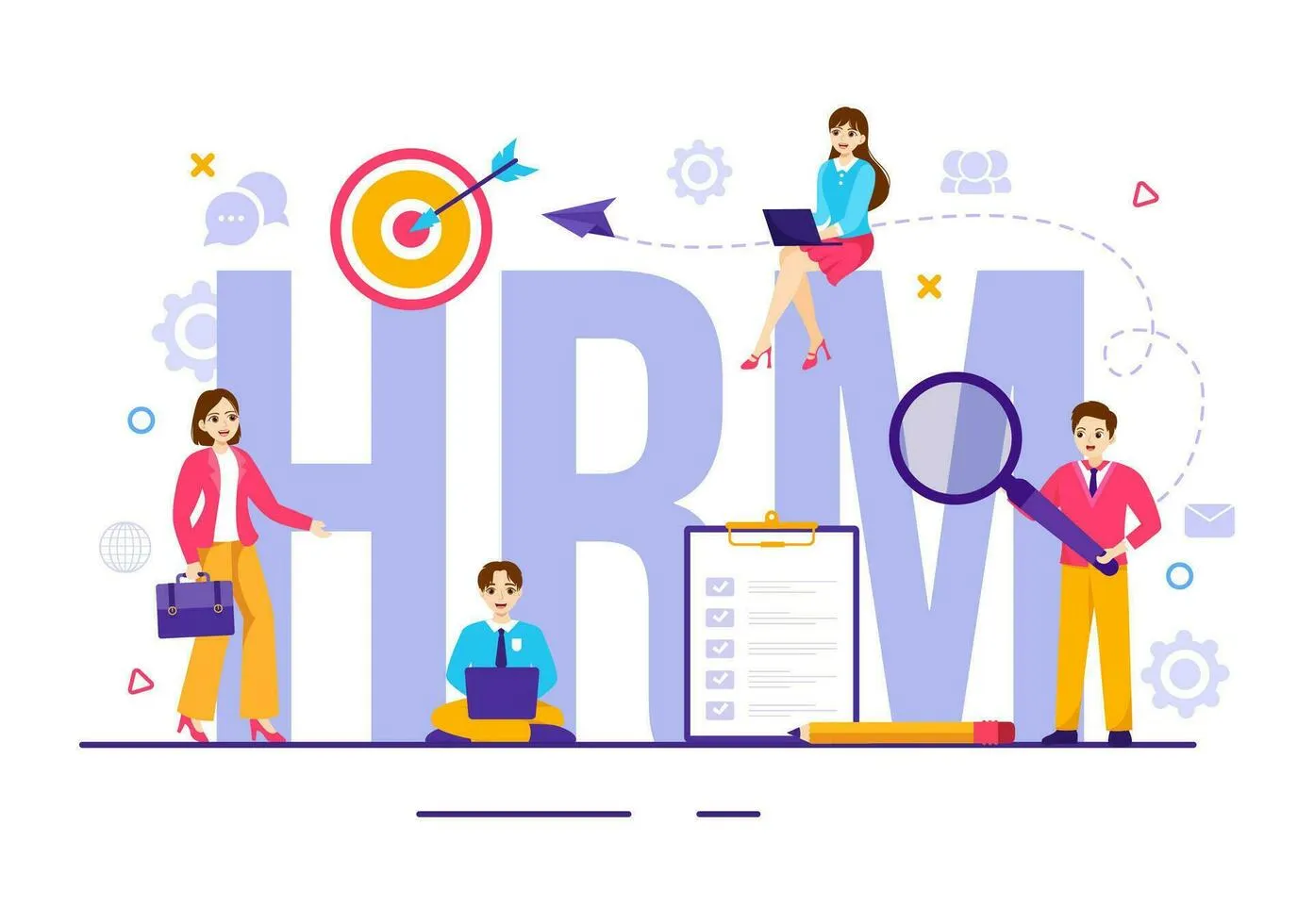
By combining data analytics, natural language processing (NLP), and machine learning, these tools bring objectivity and efficiency to every stage of the employee lifecycle. From AI-powered recruitment platforms that assess candidates’ skills and cultural fit, to predictive retention models that identify attrition risks, and learning systems that tailor training to individual performance goals—AI has become integral to strategic workforce management in the B2B landscape.
In a world where skilled talent determines market competitiveness, B2B AI tools empower HR leaders to move beyond administrative operations and focus on building resilient, data-driven organizations equipped for the future of work.
The Evolution of AI in HR
AI has transitioned from being a niche experiment to a cornerstone of modern human resources strategy. For B2B enterprises managing large workforces across regions and departments, AI is the key to achieving both operational efficiency and human-centric decision-making.
How AI Supports Strategic Workforce Management in B2B Organizations
B2B AI tools in HR are not just about automation—they are about insight. They analyze workforce data across recruitment, engagement, and performance systems to help leaders make smarter, faster, and more equitable decisions. For instance, AI-driven analytics can reveal which departments face skill shortages, which employees are likely to excel in leadership roles, or which teams risk burnout based on workload patterns.
By applying predictive models, HR teams can plan future hiring needs with greater accuracy, anticipate turnover risks, and allocate resources more effectively. In global B2B organizations, where staffing strategies must balance cost control with expertise retention, AI becomes the critical link between workforce analytics and long-term business strategy.
From Recruitment to Performance Optimization
Historically, HR departments have relied heavily on intuition and manual processes—from resume screening to employee development tracking. B2B AI tools are transforming this paradigm by embedding intelligence into every phase of the HR function.
Recruitment AI platforms streamline candidate evaluation using machine learning algorithms that match skills and behaviors to job requirements. Engagement analytics measure employee sentiment in real time, helping HR teams identify dissatisfaction before it leads to turnover. Performance management systems leverage AI to deliver personalized coaching, feedback, and learning recommendations, fostering continuous improvement.
This end-to-end integration ensures that every employee’s journey—from application to career growth—is informed by data and aligned with business goals.
Key HR Application Areas
AI’s application in B2B HR spans four critical dimensions: recruitment, engagement, performance development, and workforce analytics. Each of these areas benefits from unique AI functionalities tailored to enhance efficiency, reduce bias, and support evidence-based decision-making.
AI in Recruitment and Screening
Recruitment is one of the most data-rich yet time-consuming processes in HR. B2B AI tools such as HireVue, Pymetrics, and Paradox Olivia streamline hiring by automating candidate screening and enhancing fairness.
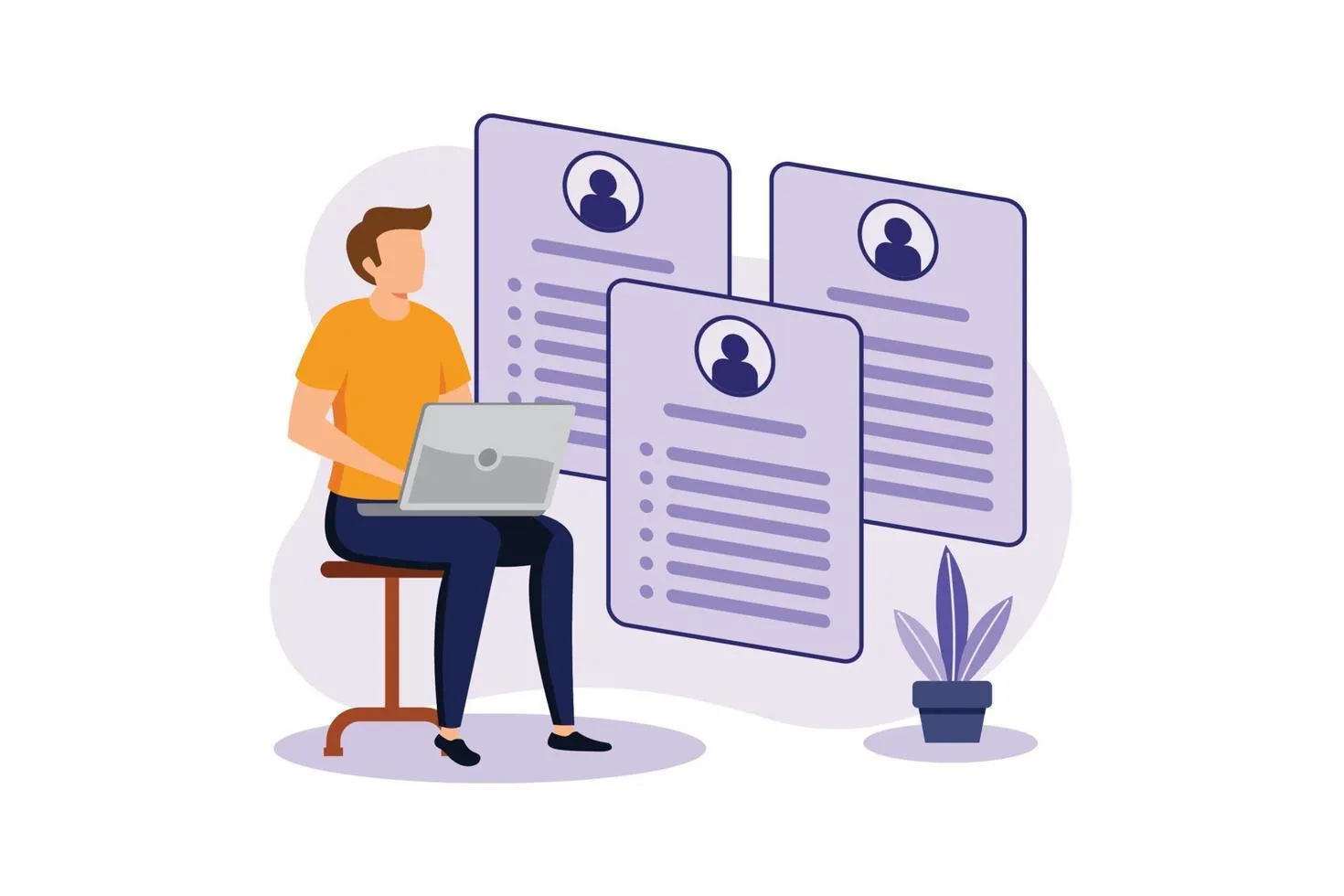
HireVue uses video interviews analyzed by AI to assess candidate communication skills, tone, and emotional intelligence. Its predictive analytics models identify high-potential candidates faster while helping reduce human bias. Pymetrics applies neuroscience-based games and machine learning to evaluate candidates’ cognitive and emotional attributes, matching them to suitable roles. Paradox Olivia, a conversational AI assistant, automates scheduling, candidate communication, and pre-screening—saving recruiters hours of manual coordination.
These tools allow B2B HR teams to handle large applicant volumes efficiently while improving candidate experience and reducing time-to-hire. They also bring consistency and transparency to hiring decisions, a critical factor in maintaining diversity and compliance in enterprise-level recruitment.
Employee Engagement and Retention
Engagement is the cornerstone of retention, and B2B AI tools like CultureAmp, Lattice, and Peakon are helping HR leaders decode employee sentiment at scale.
CultureAmp uses AI-driven sentiment analysis to aggregate employee feedback from surveys and collaboration tools, identifying patterns that indicate disengagement or low morale. Lattice integrates performance reviews, goal tracking, and engagement analytics to connect individual motivation with business outcomes. Peakon, part of Workday, leverages machine learning to predict turnover risk by analyzing responses to engagement surveys and correlating them with behavioral data.
These tools enable HR teams to intervene early, deploy targeted initiatives, and measure the impact of engagement programs in real time. For B2B organizations, where employee relationships often extend across long project cycles and client partnerships, AI-based engagement monitoring is essential to maintaining workforce stability and satisfaction.
Performance and Learning Management
Continuous learning and development are vital for B2B competitiveness. AI-powered platforms such as Degreed, Eightfold.ai, and Workday AI personalize training and performance management at scale.
Degreed curates individualized learning paths based on employees’ skills, job roles, and career goals. Its AI engine recommends relevant courses, mentors, and certifications aligned with company needs. Eightfold.ai uses deep learning to map employee skills against company objectives, identifying growth opportunities and internal mobility potential. Workday AI integrates performance reviews, goal tracking, and predictive analytics to identify top performers and succession candidates.

These B2B AI tools transform performance management from an annual review process into a continuous, data-informed dialogue that nurtures productivity and growth. They ensure that every employee has access to learning opportunities tailored to their evolving roles and organizational goals.
Workforce Planning and Analytics
Strategic workforce planning requires visibility into talent supply, demand, and productivity. Tools like Visier, Oracle HCM AI, and UKG Dimensions provide this capability through advanced analytics and predictive modeling.
Visier analyzes workforce demographics, attrition trends, and productivity metrics to help HR leaders plan future hiring. Oracle HCM AI integrates predictive analytics with its human capital management suite, forecasting talent gaps and suggesting proactive actions. UKG Dimensions applies AI to workforce scheduling, ensuring optimal resource allocation while maintaining employee satisfaction and compliance.
These B2B AI tools transform workforce management from reactive scheduling to predictive optimization, allowing enterprises to plan for future talent needs with precision and agility.
Case Snapshots
Real-world applications demonstrate how leading organizations are using B2B AI tools to make workforce management smarter, fairer, and more efficient.
Example 1: IBM — Predicting Attrition and Enhancing Retention
IBM, one of the earliest adopters of AI in HR, developed its own AI-powered predictive attrition model to identify employees likely to leave. Using data from internal performance reviews, promotion history, and engagement scores, IBM’s AI system predicts employee turnover risk with 95% accuracy, according to IBM’s Chief Human Resources Officer, Nickle LaMoreaux.
The model empowers HR managers to take proactive retention actions—such as career advancement discussions or workload adjustments—before an employee resigns. This initiative reportedly saved IBM approximately $300 million in retention-related costs over several years.
IBM’s use of AI in HR showcases how predictive B2B AI tools transform employee management from reactive problem-solving into proactive talent preservation, ensuring both continuity and morale.
Example 2: Accenture — Improving DEI Initiatives via AI-Driven Analysis
Accenture, a global consulting and technology firm, uses Eightfold.ai to enhance its diversity, equity, and inclusion (DEI) initiatives. The company’s challenge was to increase representation across global offices while maintaining objective, skills-based hiring practices.
With Eightfold.ai’s deep learning capabilities, Accenture analyzed millions of talent data points to understand hiring patterns, identify potential bias, and recommend qualified candidates from underrepresented groups. The AI platform anonymized identifying information to focus solely on skill sets and experience relevance.
As a result, Accenture reported a significant increase in diverse candidate hiring, particularly in technology and consulting roles, while improving fairness and consistency in selection decisions. The insights generated also guided the company’s broader DEI strategy, ensuring inclusivity at every stage of the employee lifecycle.
Choosing and Implementing the Right B2B AI Tools
Selecting and implementing B2B AI tools is not merely a technological decision—it is a strategic investment that defines how efficiently and intelligently an organization can operate in the digital economy. As AI becomes embedded in every function—from marketing and sales to supply chain, finance, and HR—choosing the right solution can determine whether a company achieves meaningful transformation or ends up with disconnected technologies that fail to deliver value.
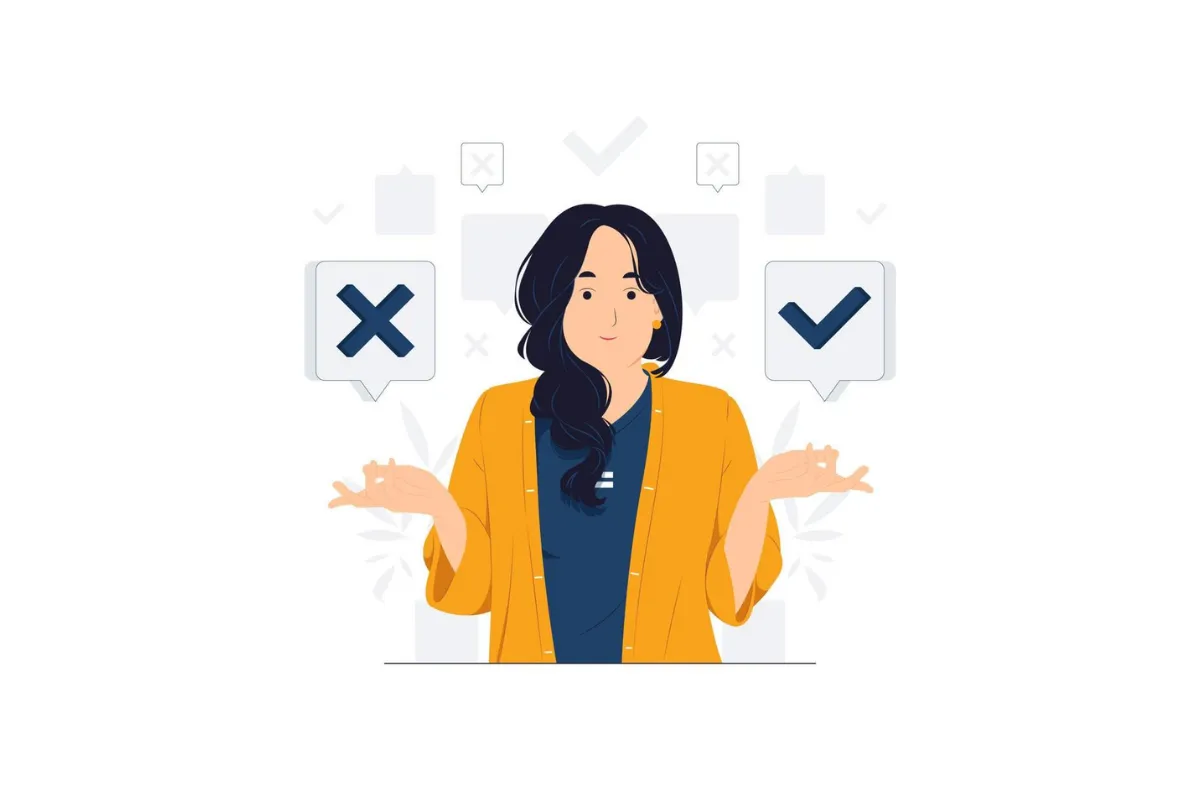
The right B2B AI tools integrate seamlessly into existing enterprise ecosystems, adapt to future growth, and align with business objectives. However, successful implementation goes beyond software procurement—it requires a clear framework encompassing selection criteria, pilot testing, user enablement, and continuous optimization. When deployed strategically, B2B AI tools not only automate tasks but elevate decision-making, efficiency, and innovation across the enterprise.
Key Selection Factors
Choosing among the vast ecosystem of B2B AI tools can be challenging. Enterprises must evaluate each tool not just for its functionality but for how well it fits within existing infrastructure and strategic goals. The following factors are essential when assessing which solution to adopt.
Integration with Existing Systems (CRM, ERP, MarTech)
Integration is the cornerstone of any successful B2B AI deployment. AI models deliver the most value when they operate within the broader ecosystem of enterprise tools such as Customer Relationship Management (CRM), Enterprise Resource Planning (ERP), and Marketing Technology (MarTech) platforms.
A B2B AI tool that integrates natively with existing systems ensures seamless data flow across departments. For example, AI-driven lead scoring from a marketing platform should automatically sync with CRM records in Salesforce, while demand forecasting models must align with ERP systems like SAP or Oracle to trigger production planning updates.
Organizations should look for solutions with open APIs, modular architectures, and strong interoperability. Vendors that provide pre-built connectors and integration templates often accelerate deployment and reduce IT overhead. Beyond connectivity, businesses must verify data consistency and governance—ensuring that AI decisions are based on unified, accurate, and compliant information across the enterprise stack.
Scalability, Data Security, and Compliance Standards
As B2B companies expand their digital operations, scalability and data governance become critical. The ideal B2B AI tools are those that can process increasing data volumes, handle complex models, and support multi-region operations without performance degradation. Cloud-based AI architectures are particularly advantageous, as they provide elastic scalability while enabling distributed teams to collaborate across geographies.
Security and compliance are equally non-negotiable. Since AI models rely on sensitive enterprise and customer data, robust cybersecurity protocols are essential. B2B AI tools must adhere to international standards such as GDPR, CCPA, and ISO 27001, ensuring that data is encrypted, anonymized, and ethically managed. Businesses in regulated industries—like finance, healthcare, and manufacturing—should prioritize vendors that offer transparent AI explainability, audit trails, and bias detection capabilities.
Scalability and compliance are not just IT concerns—they are strategic imperatives that safeguard business continuity, customer trust, and competitive differentiation in AI-driven markets.
Implementation Best Practices
The success of B2B AI tools depends as much on execution as on technology. Even the most advanced solution can fail without proper planning, training, and cultural adaptation. The following best practices help ensure a smooth, sustainable AI rollout across the organization.
Pilot Projects, User Training, and Change Management
Before fully deploying AI across all departments, organizations should start with pilot projects. These limited-scope implementations allow teams to validate hypotheses, identify process gaps, and measure early ROI before scaling further. For example, a company might test an AI-powered forecasting model in one regional division before expanding it globally.
Change management is a crucial but often underestimated component of AI adoption. Employees may resist automation due to fear of job displacement or unfamiliarity with new tools. Effective communication and stakeholder involvement can mitigate these concerns. HR and leadership teams should frame AI as an augmentation tool that enhances human productivity rather than replaces it.
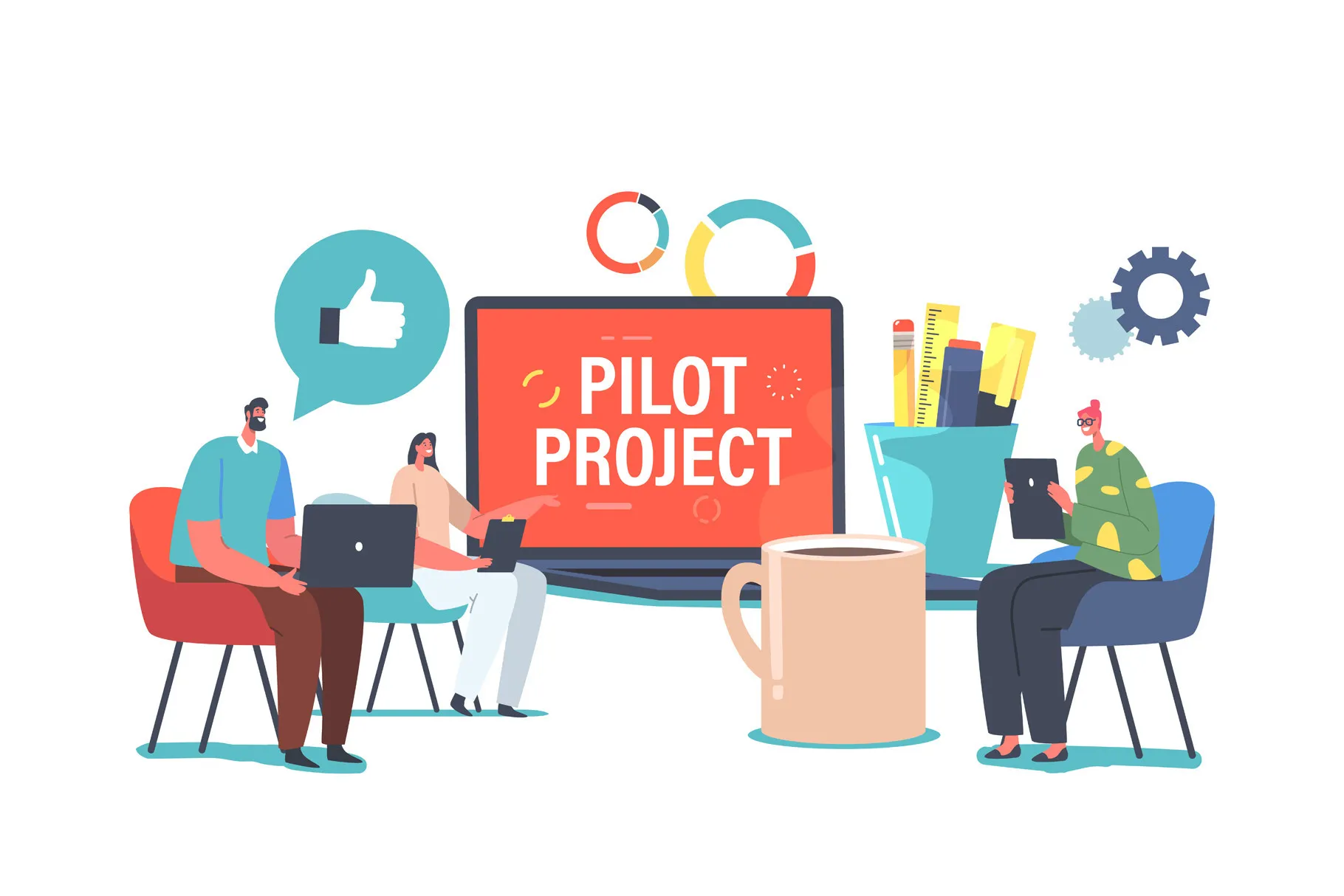
Equally important is user training. AI literacy must extend beyond data scientists to include marketing, sales, operations, and finance teams. Hands-on training sessions, AI onboarding workshops, and internal communities of practice help employees understand how to interpret AI insights and apply them to daily decision-making. This empowerment ensures that AI adoption translates into measurable business impact rather than isolated technical success.
Continuous Monitoring and Optimization
AI implementation is not a “set-it-and-forget-it” process. Because AI models learn dynamically, they require continuous monitoring to maintain accuracy and relevance. B2B AI tools should be integrated with performance dashboards that track model drift, prediction errors, and changing data patterns.
Businesses should schedule periodic model retraining to account for new variables—such as market shifts, seasonal demand fluctuations, or regulatory updates. Additionally, establishing cross-functional review boards that oversee AI ethics, bias management, and governance ensures responsible long-term operation.
Optimization also involves collecting user feedback from across departments. By incorporating insights from sales teams, marketers, and analysts, organizations can fine-tune AI systems to align more closely with evolving business needs. Continuous learning and improvement are the lifeblood of sustained AI maturity.
Measuring ROI and Long-Term Impact
A common challenge for enterprises implementing B2B AI tools is quantifying their value. While automation and efficiency gains are evident, true ROI emerges from sustained performance improvements across metrics like conversion rates, retention, cost savings, and productivity.
Metrics: Conversion Rates, Retention, Cost Efficiency, Productivity
To measure ROI effectively, organizations should define clear Key Performance Indicators (KPIs) before deployment.
- Conversion rates: In marketing and sales, AI-powered lead scoring, personalization, and recommendation engines can be tracked by monitoring conversion uplift percentages.
- Retention: For customer success and HR, predictive churn models and engagement analytics should demonstrate measurable improvements in retention rates and satisfaction scores.
- Cost efficiency: AI-driven automation in procurement, logistics, and finance can reduce operational costs by 20–40%, depending on process maturity.
- Productivity: Tools that automate repetitive workflows (e.g., data entry or reporting) free employees to focus on high-value tasks, boosting overall output.
It is important to benchmark pre- and post-implementation performance across these dimensions to demonstrate tangible impact and justify further investment.
Building Feedback Loops and Evolving with Data
The real power of AI lies in its capacity for continuous learning. To sustain ROI, businesses must establish feedback loops that capture performance data, user insights, and market signals for ongoing refinement.
B2B AI tools thrive on data diversity. As organizations accumulate more information from customer interactions, financial systems, and IoT devices, these insights should feed back into AI models to improve accuracy and adaptability. Enterprises should also maintain partnerships with their AI vendors to leverage updates, new features, and advanced algorithms that enhance outcomes over time.
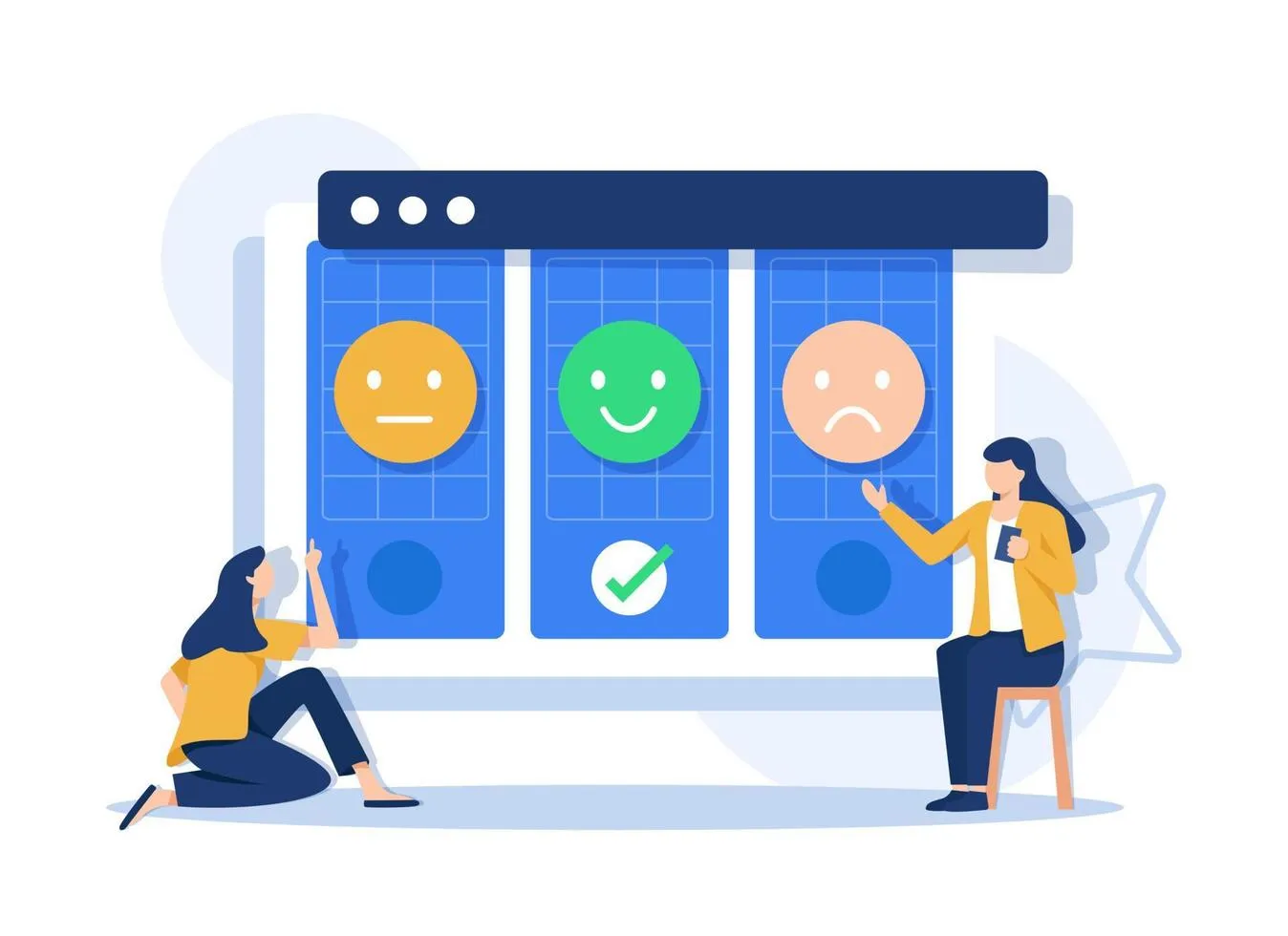
Finally, measuring long-term impact involves looking beyond financial ROI. Metrics such as decision speed, data-driven culture adoption, customer experience quality, and employee empowerment reflect the deeper transformation AI brings. When implemented thoughtfully, B2B AI tools evolve from tactical enablers into strategic differentiators—reshaping how organizations innovate, collaborate, and grow in the intelligent enterprise era.
The Future of B2B AI Tools
AI has already reshaped the modern enterprise, but its greatest impact on the B2B landscape is still ahead. As organizations continue to adopt digital-first strategies, B2B AI tools are evolving from process automation platforms into intelligent partners that drive innovation, creativity, and strategic foresight. The next generation of these tools will not only optimize existing workflows but also redefine how companies think, decide, and collaborate across entire ecosystems.
The future of B2B AI tools is characterized by deeper integration, autonomy, and intelligence. Generative models, autonomous agents, and data-driven digital ecosystems will combine to create enterprises that are more adaptive, predictive, and resilient than ever before. Businesses that invest in building AI maturity today—through responsible governance, scalable architecture, and human-AI collaboration—will be the ones leading tomorrow’s intelligent economy.
Emerging Trends
The rapid evolution of AI has given rise to several key trends shaping the future of B2B AI tools. From generative AI capabilities to autonomous digital agents and interconnected ecosystems powered by IoT and blockchain, these advancements are redefining how B2B organizations create value, manage relationships, and make decisions.
Generative AI for Decision Support and Creative Automation
Generative AI is expanding beyond marketing content and design into strategic business decision-making. By analyzing vast datasets and simulating complex business scenarios, generative systems are becoming trusted advisors for enterprise leaders. B2B AI tools are increasingly using generative models to summarize financial data, generate proposal drafts, write sales outreach templates, and even recommend supply chain adjustments based on historical patterns.
For instance, integrating generative AI into enterprise resource planning (ERP) systems allows organizations to generate dynamic forecasts, scenario-based recommendations, and personalized performance reports. These tools transform complex datasets into understandable narratives, enabling executives to make informed decisions faster.
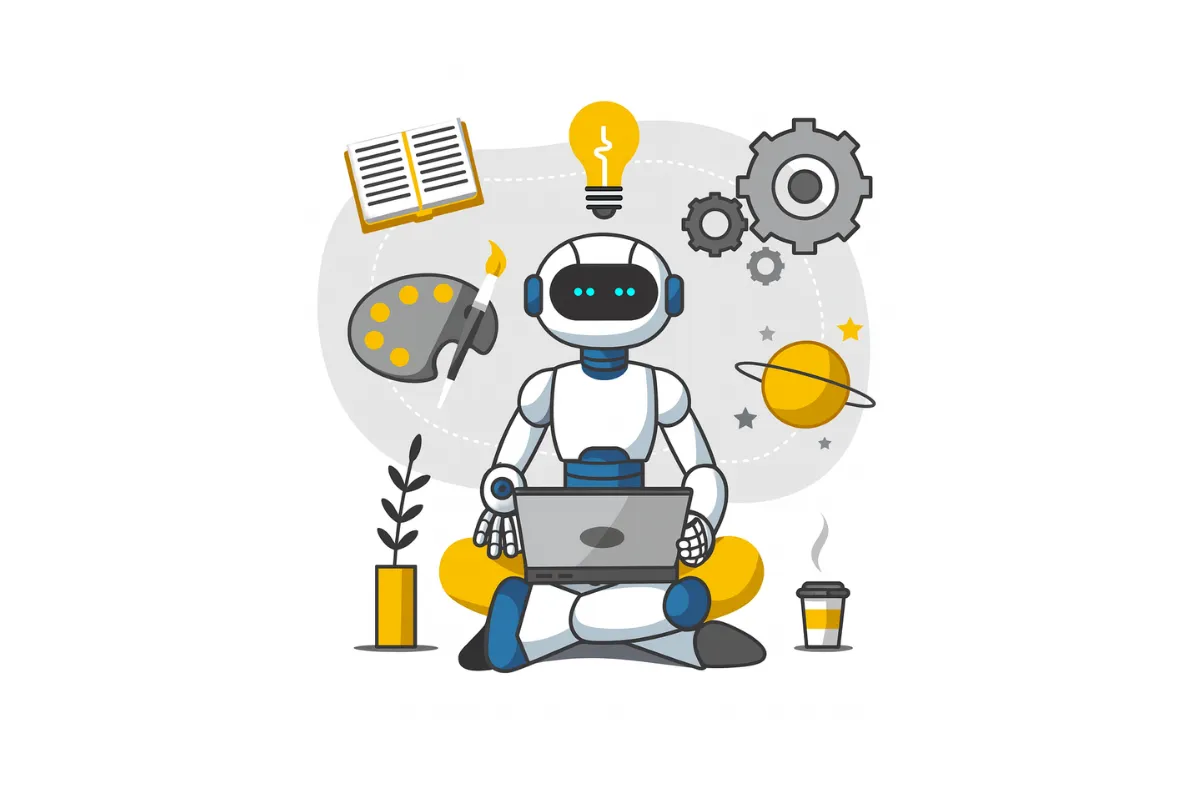
Creative automation is another area being revolutionized by generative AI. B2B AI tools now help design personalized customer presentations, write technical documentation, and even generate product specifications or training materials—all tailored to the client’s unique context. By combining natural language generation (NLG) with contextual data, businesses can scale creativity without sacrificing quality or consistency.
Ultimately, generative AI will serve as both a creative engine and a cognitive companion—translating data into actionable intelligence and transforming decision-making from a reactive process into a continuously evolving dialogue between humans and machines.
AI Agents in Account Management and Client Service
One of the most exciting frontiers for B2B AI tools is the rise of autonomous AI agents—intelligent digital entities capable of managing ongoing relationships with clients, vendors, and partners. These AI agents act as tireless co-workers who handle routine tasks, answer complex queries, and even negotiate contracts under defined parameters.
In account management, AI agents will monitor customer activity across CRM systems, emails, and digital platforms to proactively identify engagement opportunities. They will notify account managers when a client exhibits signals of churn or expansion potential, or when sentiment analysis reveals dissatisfaction. Similarly, in client service, AI agents equipped with natural language processing will interact with customers in real time—solving issues, escalating critical cases, and learning from every conversation.
These capabilities will enable 24/7 responsiveness and hyper-personalized service at scale, redefining the concept of customer intimacy in B2B relationships. Moreover, because AI agents continuously learn from each interaction, they enhance both efficiency and empathy over time. As this trend matures, enterprises will increasingly rely on autonomous B2B AI tools not only to support their teams but to act as active participants in client experience management.
Integration with IoT, Digital Twins, and Blockchain Ecosystems
The future of B2B AI tools lies in convergence—where AI meets emerging technologies such as the Internet of Things (IoT), digital twins, and blockchain to create truly intelligent ecosystems.
IoT integration provides B2B AI tools with real-time, sensor-based data streams that improve operational visibility and predictive accuracy. For example, in manufacturing and logistics, AI-driven predictive maintenance powered by IoT sensors can anticipate equipment failures before they occur, minimizing downtime and cost.
Digital twins—virtual representations of physical assets, processes, or entire organizations—will become central to AI-driven decision-making. By combining real-time data with simulation modeling, digital twins allow businesses to test strategies virtually before implementing them in the real world. B2B AI tools equipped with digital twin integration will help organizations evaluate supply chain resilience, resource allocation, and production efficiency with unparalleled precision.
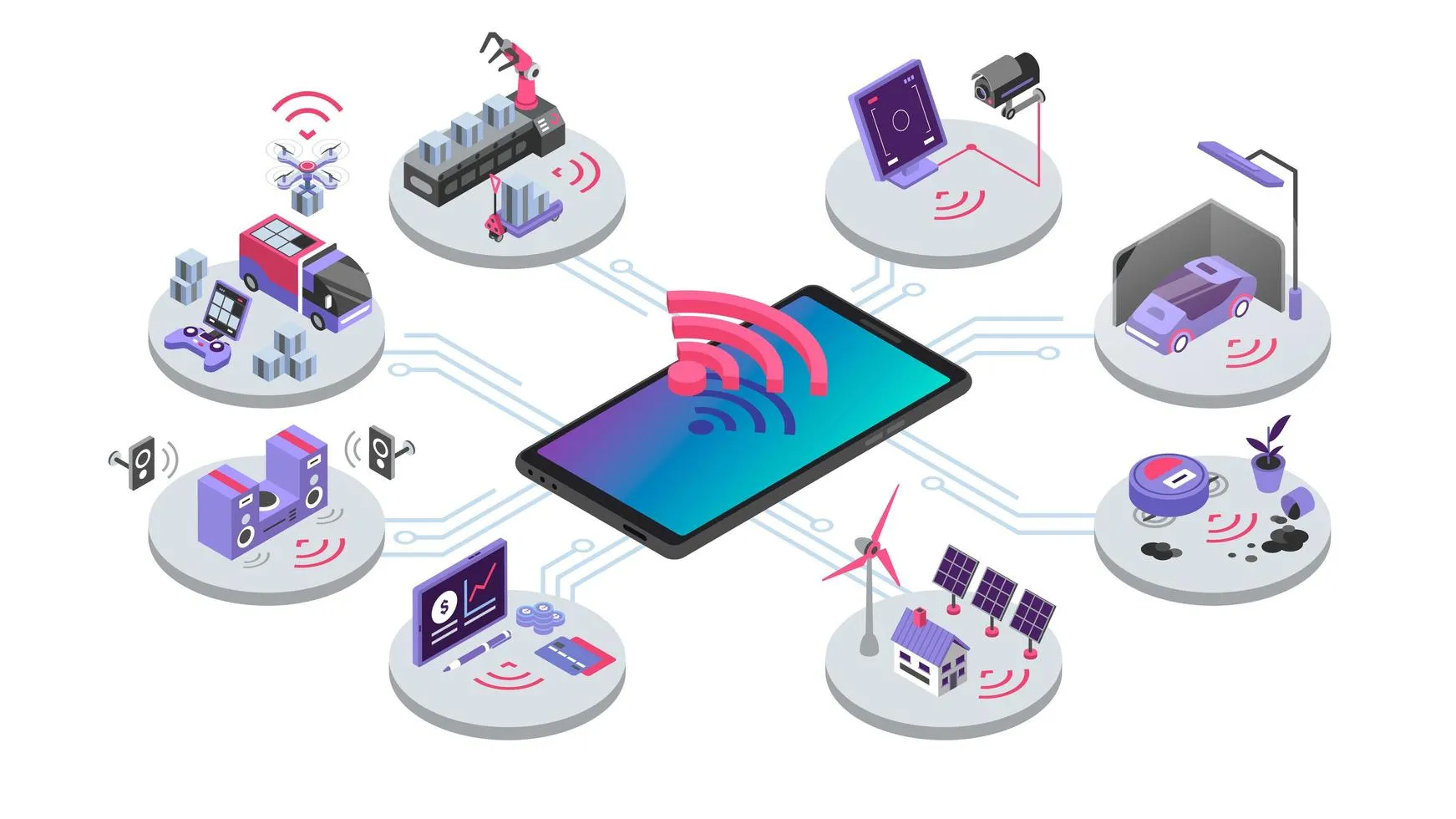
Meanwhile, blockchain integration ensures transparency, traceability, and security across global supply chains and transactions. When AI tools are connected to blockchain networks, they can verify authenticity, automate contract execution through smart contracts, and detect anomalies or fraudulent activities in real time.
Together, these integrations form a foundation for the intelligent enterprise of the future—one that operates with complete visibility, trust, and adaptability across its entire ecosystem.
The Next Decade of Intelligent B2B
As AI technologies mature, the next decade will witness a profound shift in how enterprises operate. B2B AI tools will evolve from isolated applications into collaborative systems that work alongside humans, learning continuously and optimizing every aspect of business performance.
AI as Co-Pilot Across Departments
The future of AI in the enterprise is not about replacement—it is about partnership. B2B AI tools will act as “co-pilots” across departments, guiding marketing, sales, HR, finance, and operations teams with real-time insights and recommendations.
For instance, in marketing, AI co-pilots will dynamically generate campaign strategies and content variations. In sales, they will analyze buyer behavior and suggest negotiation tactics. In HR, they will forecast skill gaps and recommend tailored training paths. In finance, AI co-pilots will automate reporting, detect anomalies, and support data-driven capital allocation decisions.
This collaborative model ensures that every employee, regardless of technical expertise, can leverage the power of AI for smarter decision-making. The role of human professionals will evolve toward creativity, ethics, and strategy—areas where empathy and contextual understanding remain indispensable.
Building Adaptive, Data-Driven Enterprise Ecosystems
The most successful organizations of the next decade will be adaptive enterprises—businesses that can sense change, learn autonomously, and evolve their operations continuously. B2B AI tools will serve as the nervous system of these adaptive ecosystems, connecting every data point and workflow into a living, learning network.
Data silos will be replaced by unified intelligence layers, where AI continuously monitors performance indicators, supply chain variables, customer interactions, and financial metrics. When market dynamics shift—whether through regulatory changes, competitor moves, or environmental disruptions—these systems will reconfigure strategies automatically.
AI will also play a key role in sustainability and social governance. By analyzing carbon footprints, energy usage, and ethical supply practices, B2B AI tools will help companies align business growth with global sustainability goals. Enterprises will move toward transparent, accountable, and environmentally conscious operations supported by AI-driven analytics.
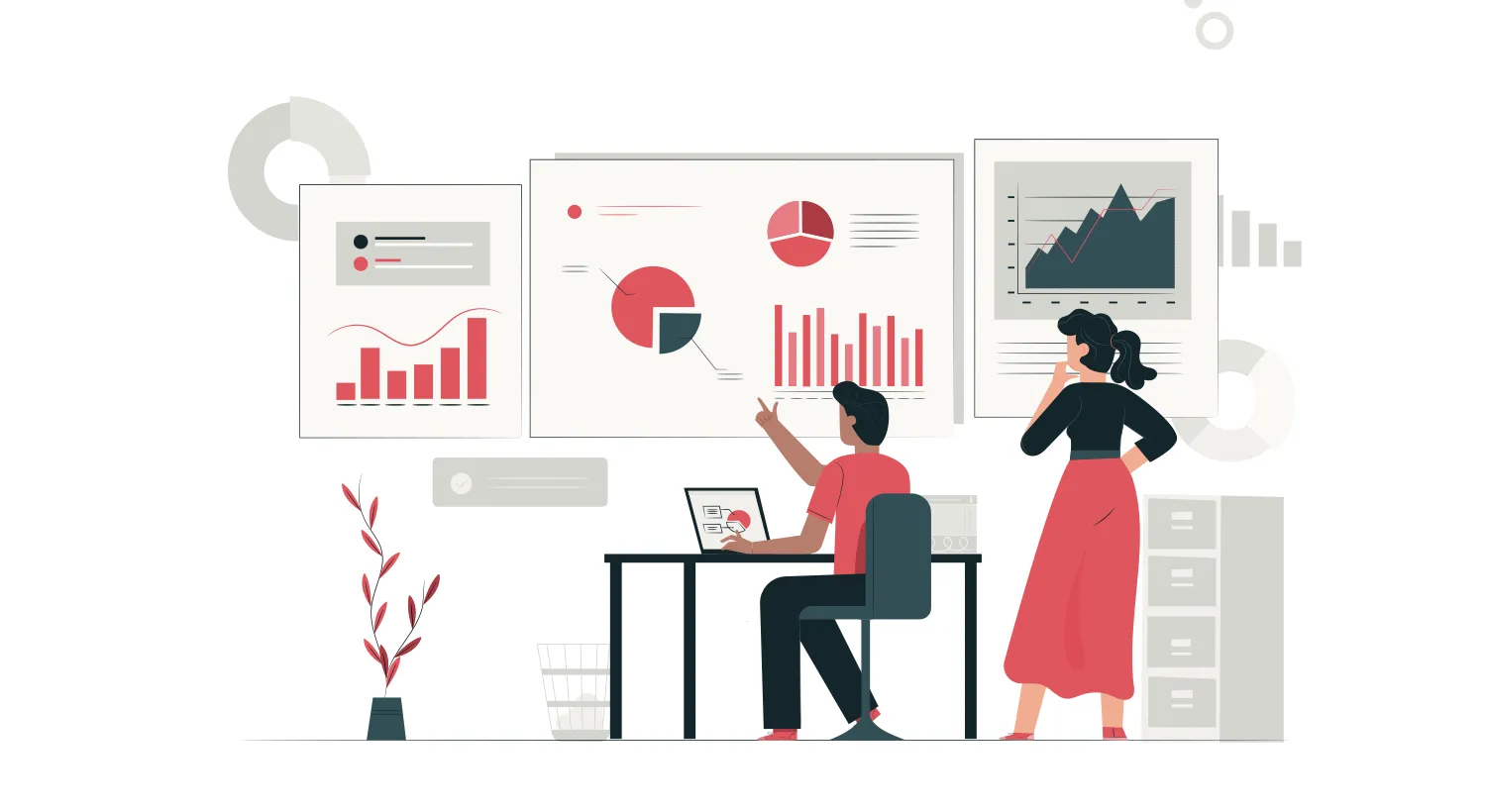
Looking ahead, the next generation of intelligent B2B organizations will not simply use AI—they will be AI-powered at their core. Decision-making will become predictive, workflows autonomous, and customer relationships continuously optimized through real-time learning. As the boundary between human insight and machine intelligence fades, B2B AI tools will define a new era of enterprise excellence—one where adaptability, foresight, and innovation are built into every process.
The future of B2B AI tools is not a distant vision—it is unfolding now. Enterprises that embrace generative intelligence, autonomous agents, and interconnected ecosystems will gain a sustainable competitive edge. The next decade belongs to the organizations that view AI not as a technology to deploy, but as a strategic capability to master—a transformative partner that learns, adapts, and co-creates the future of intelligent business.
Conclusion
The rise of B2B AI tools marks a turning point in how modern enterprises compete, grow, and sustain value. These intelligent systems have reimagined every dimension of business operations—from how data is processed and insights are generated to how relationships are built, products are designed, and talent is managed. What once required weeks of human analysis can now happen in real time, powered by algorithms that learn, adapt, and continuously improve. Through B2B AI tools, businesses are not only optimizing workflows—they are reinventing the way strategy itself is executed.
Across marketing, sales, customer success, operations, and HR, B2B AI tools have become the connective tissue uniting data and decision-making. In marketing, predictive analytics and generative models allow for deeply personalized outreach that mirrors the intuition of human marketers at scale. In sales, AI-driven forecasting systems help teams anticipate outcomes and allocate resources more effectively. In customer engagement, sentiment and behavior prediction turn every touchpoint into a moment of insight. Supply chain operations are now guided by AI-powered planning platforms capable of forecasting disruptions before they occur, while HR systems use machine learning to uncover attrition risks, personalize career paths, and nurture internal mobility. The transformation is holistic: AI is no longer confined to a single department—it defines the rhythm of the entire organization.
From this journey, a few lessons stand out for business leaders. The first is that adopting B2B AI tools must align with strategic purposes. The companies that extract the most value from AI are those that clearly define how it supports their broader objectives—whether to increase revenue predictability, improve customer retention, or reduce operational waste. The second lesson is the centrality of data integrity. Without clean, well-structured, and ethically managed data, even the most advanced AI systems will falter. Third, success depends on people as much as on technology. Investing in AI literacy, change management, and interdisciplinary collaboration ensures that teams can work alongside intelligent systems confidently and creatively. And finally, continuous measurement is essential: AI deployments must evolve with feedback, retraining, and optimization to maintain relevance in changing business conditions.
The most significant evolution, however, lies in mindset. The relationship between enterprises and AI is shifting—from using AI as a productivity tool to embracing it as a true growth partner. B2B AI tools are now collaborators, capable of generating strategic ideas, automating creative work, and anticipating customer needs before they are expressed. They are reshaping how decisions are made, turning intuition into insight and insight into action. As organizations learn to trust and refine these systems, AI will no longer be viewed as an external instrument but as an embedded capability—an intelligent extension of the enterprise itself.
This partnership between human expertise and machine intelligence will define the next decade of business. Humans will focus on creativity, ethics, and leadership, while AI manages the complexity, scale, and speed of data-driven operations. Together, they will form an adaptive enterprise that evolves in real time—guided by data, powered by intelligence, and driven by purpose.
The story of B2B AI tools is not about technology replacing people; it is about technology amplifying human potential. Those organizations that learn to integrate, scale, and humanize AI will lead the future of business transformation. As industries move from digital adoption to intelligent evolution, B2B AI tools will stand at the core of every decision, every strategy, and every growth opportunity—marking the dawn of a truly intelligent B2B era.


